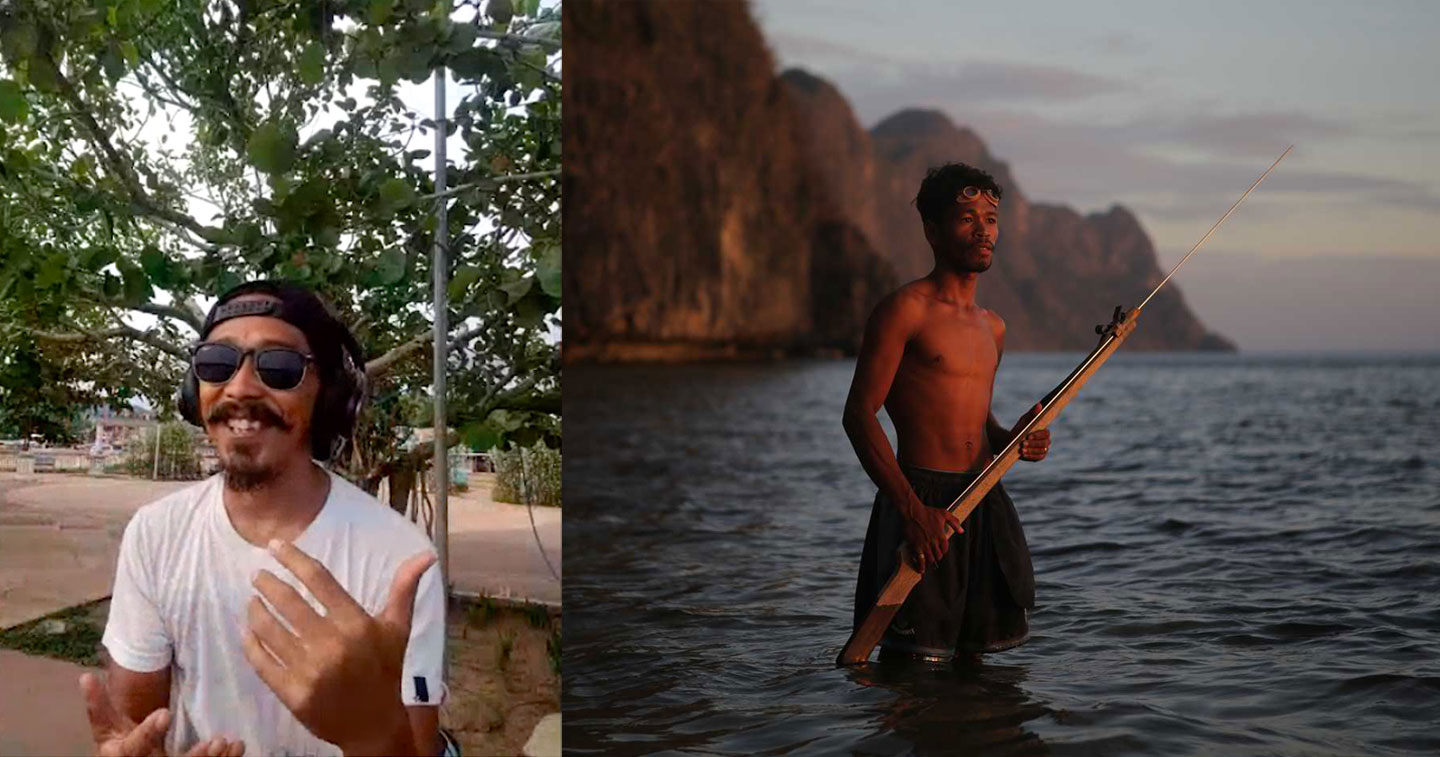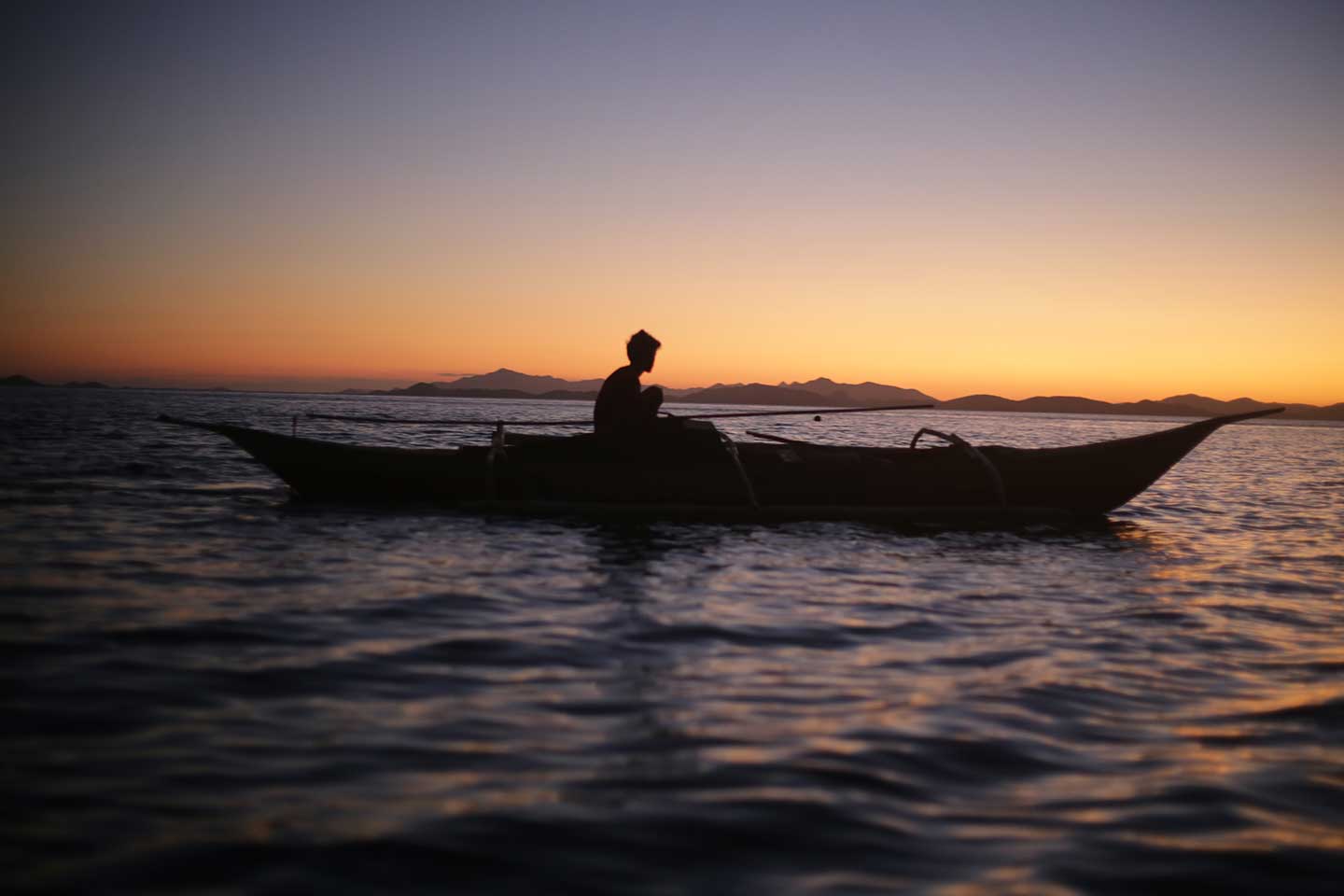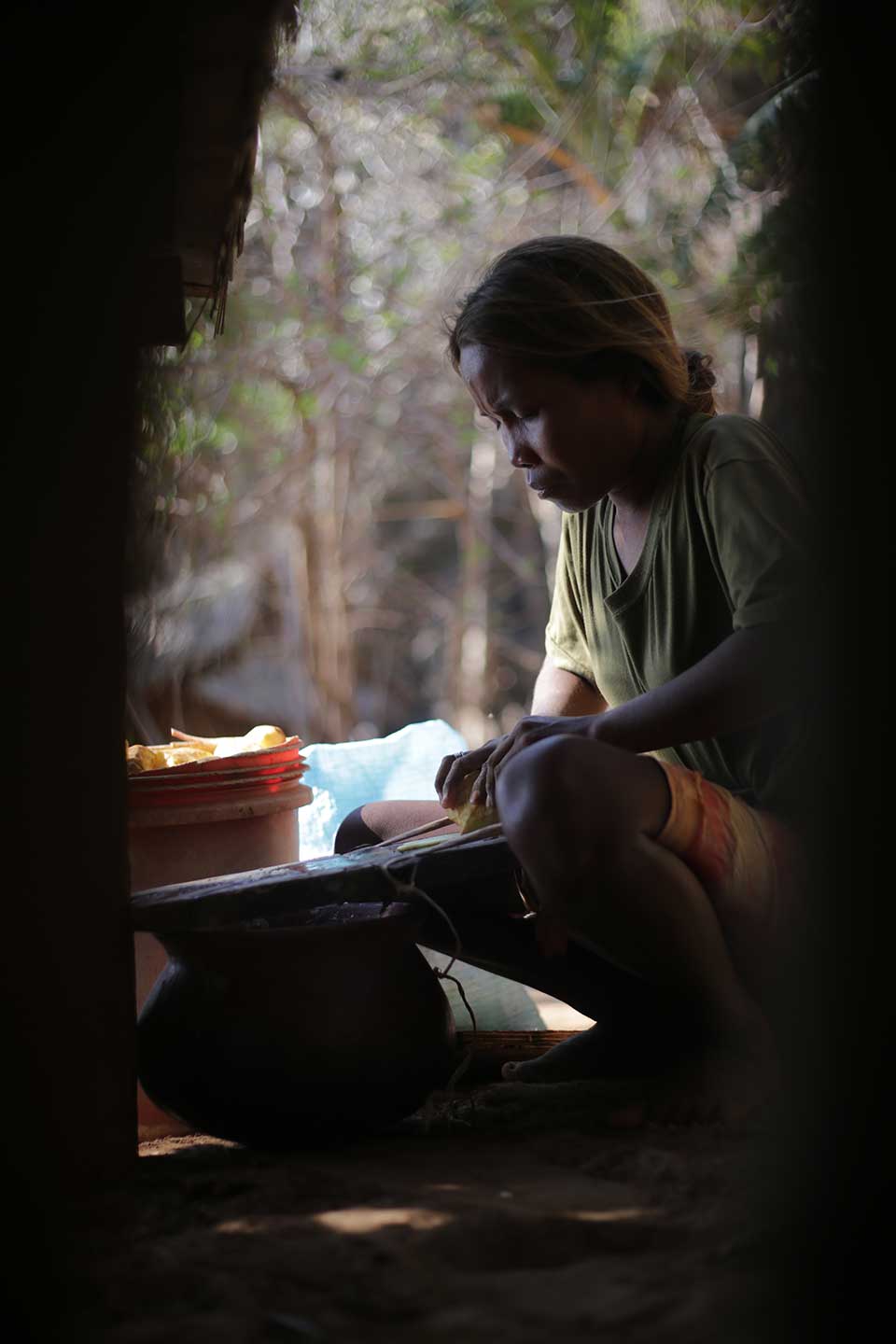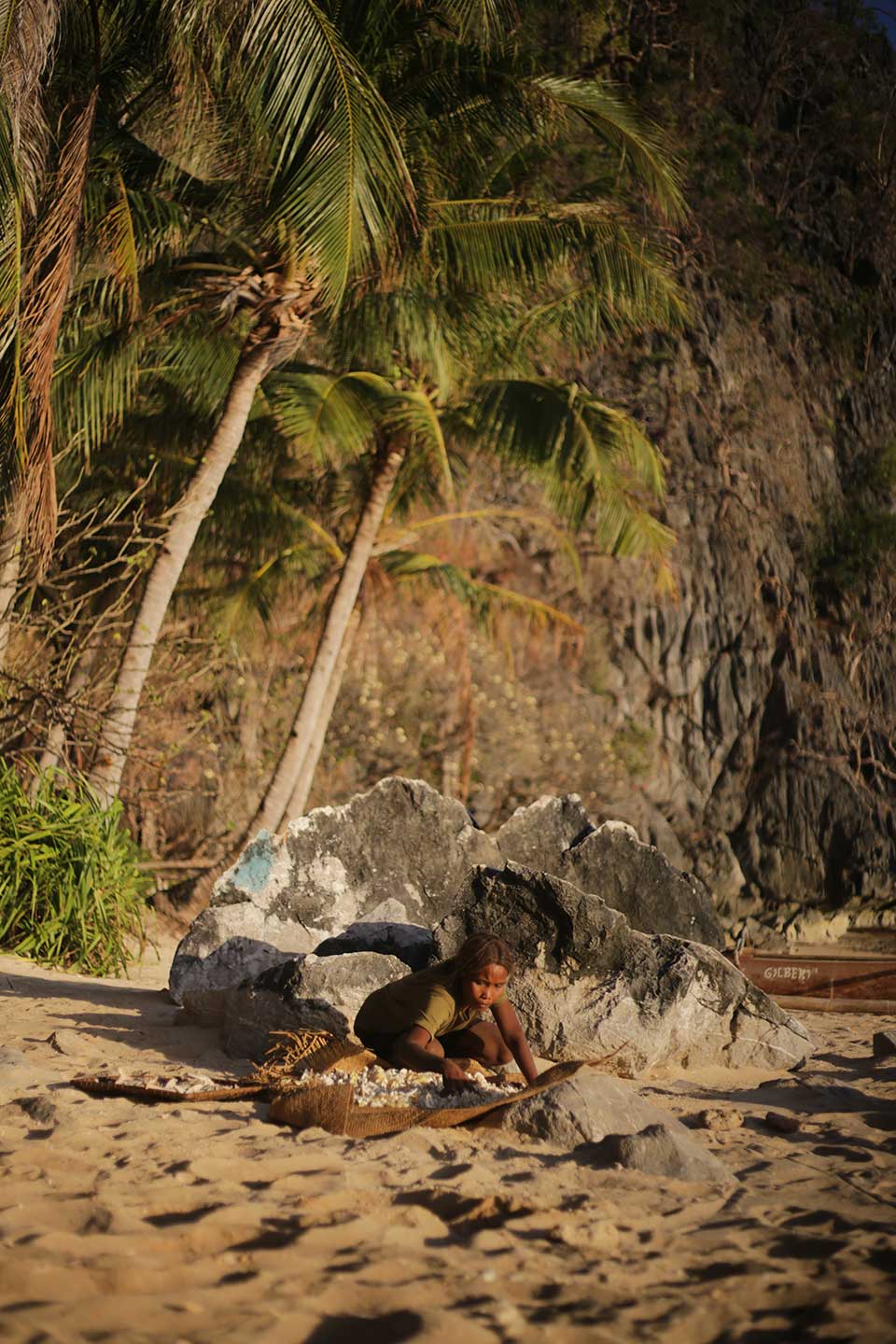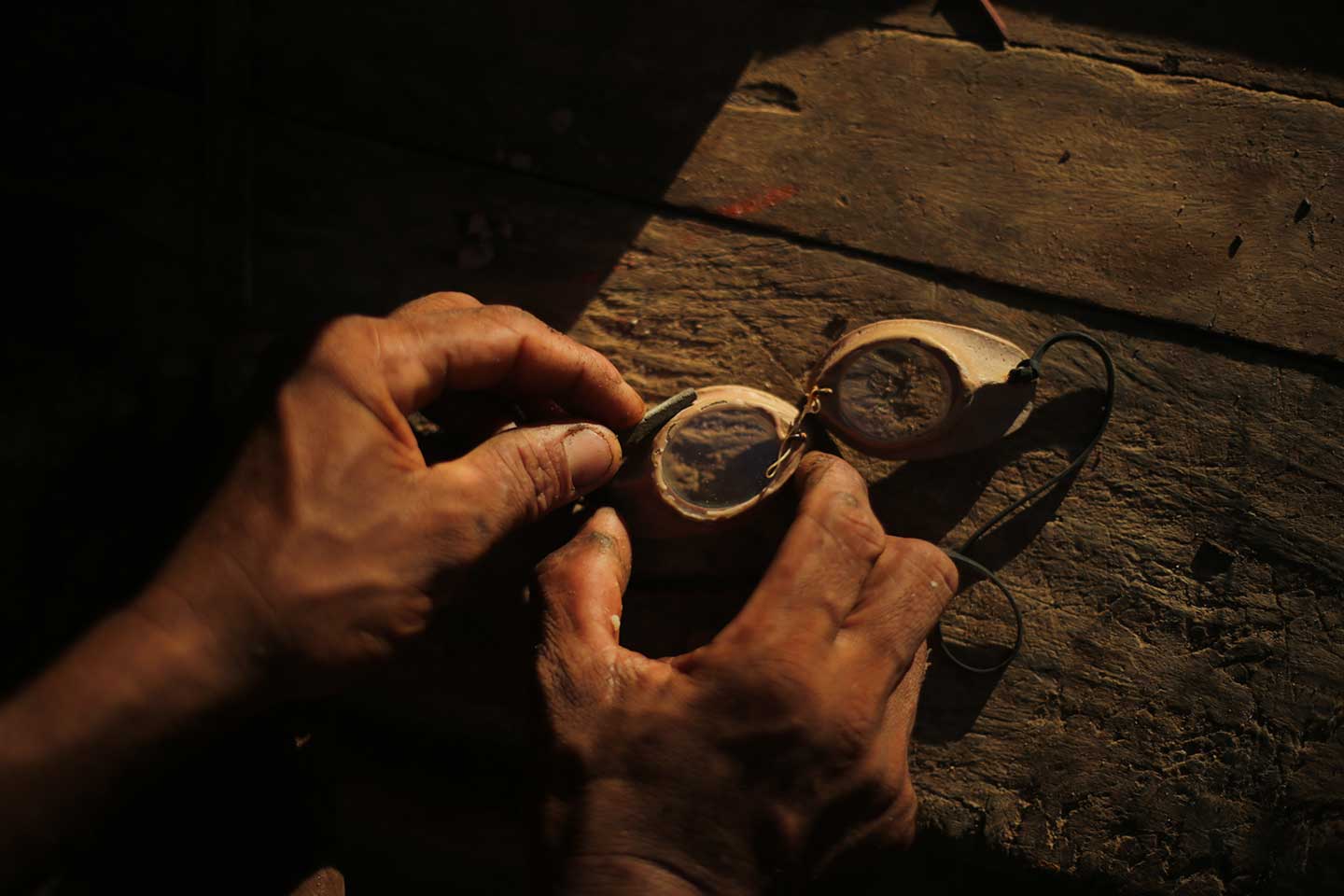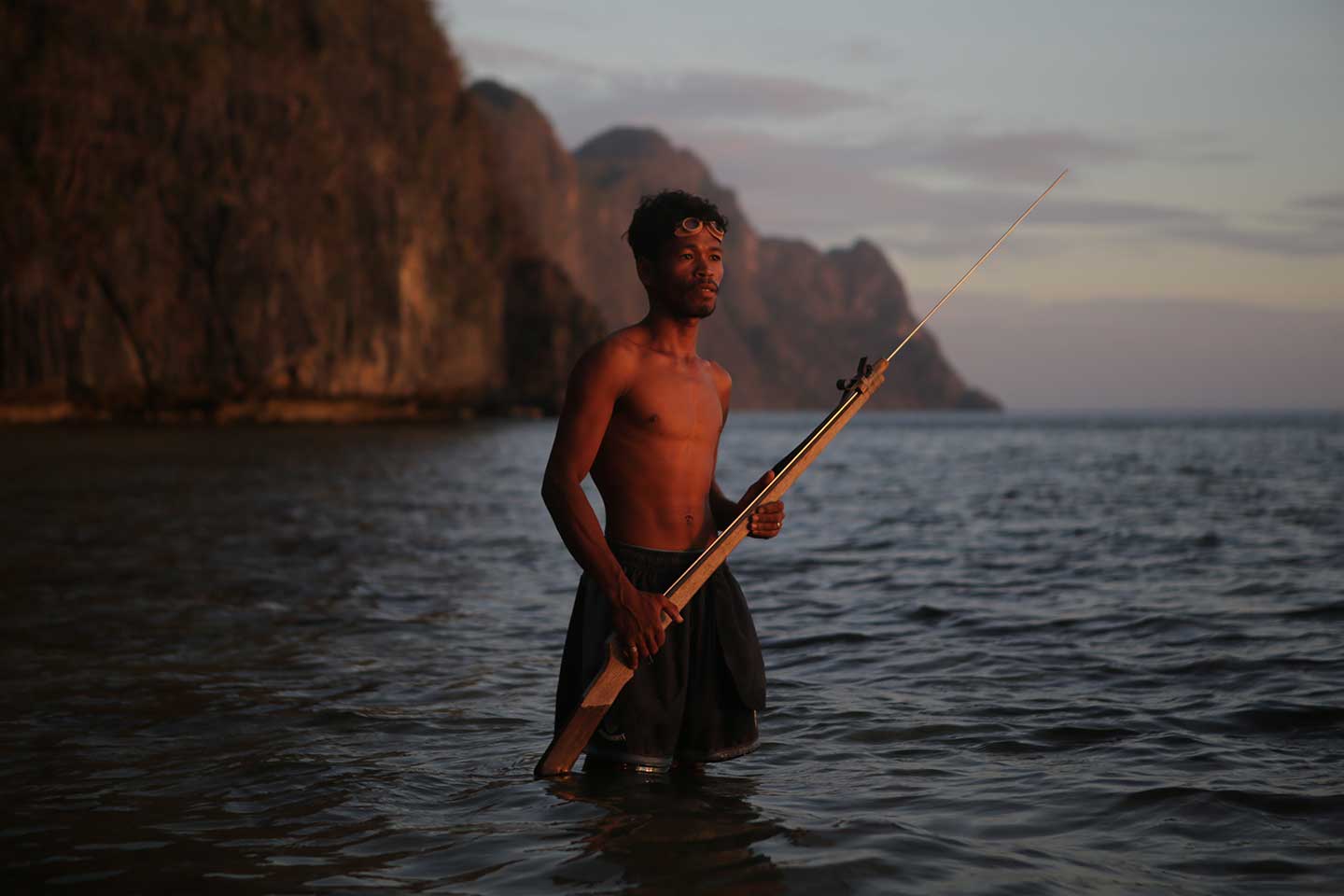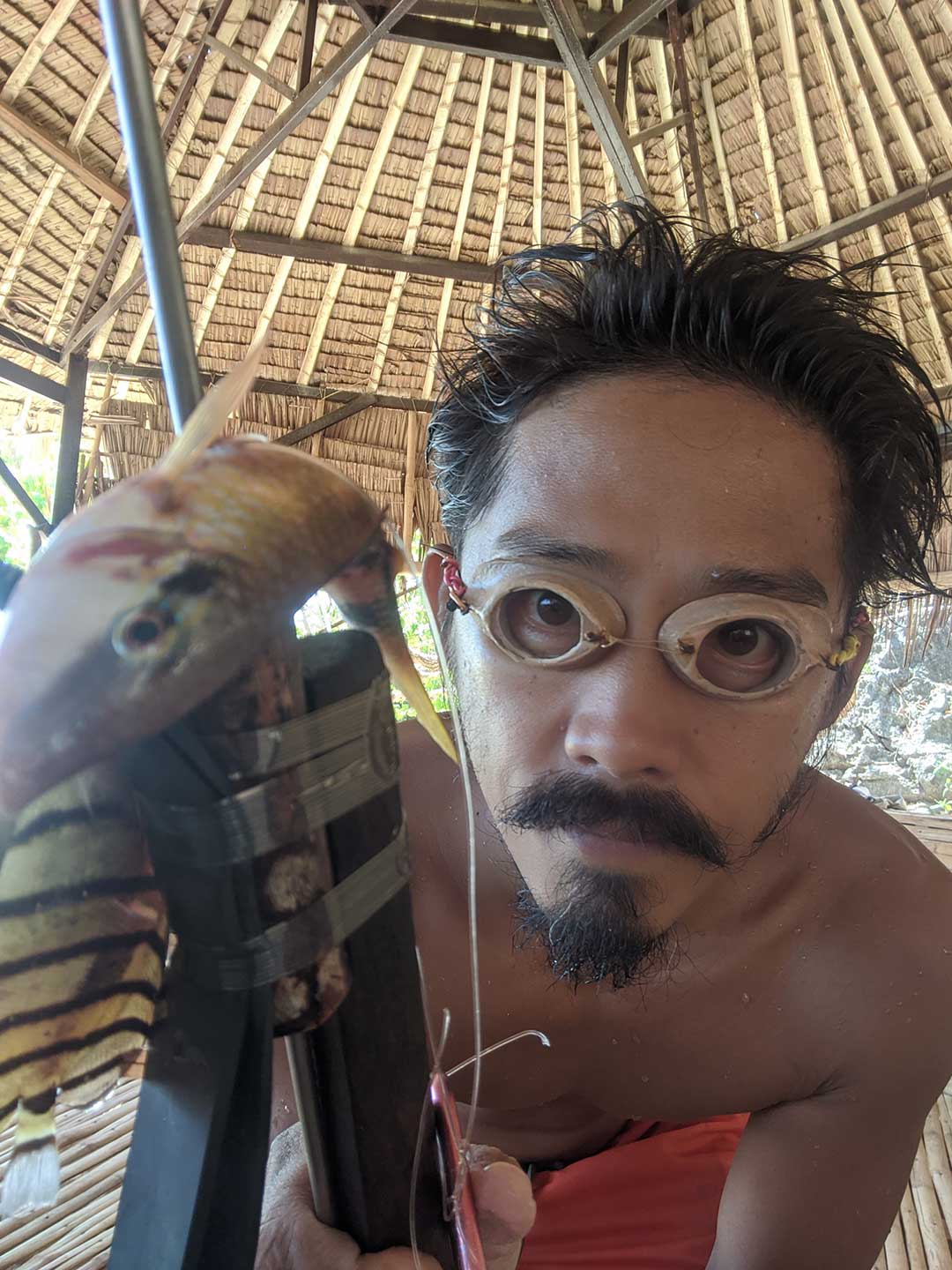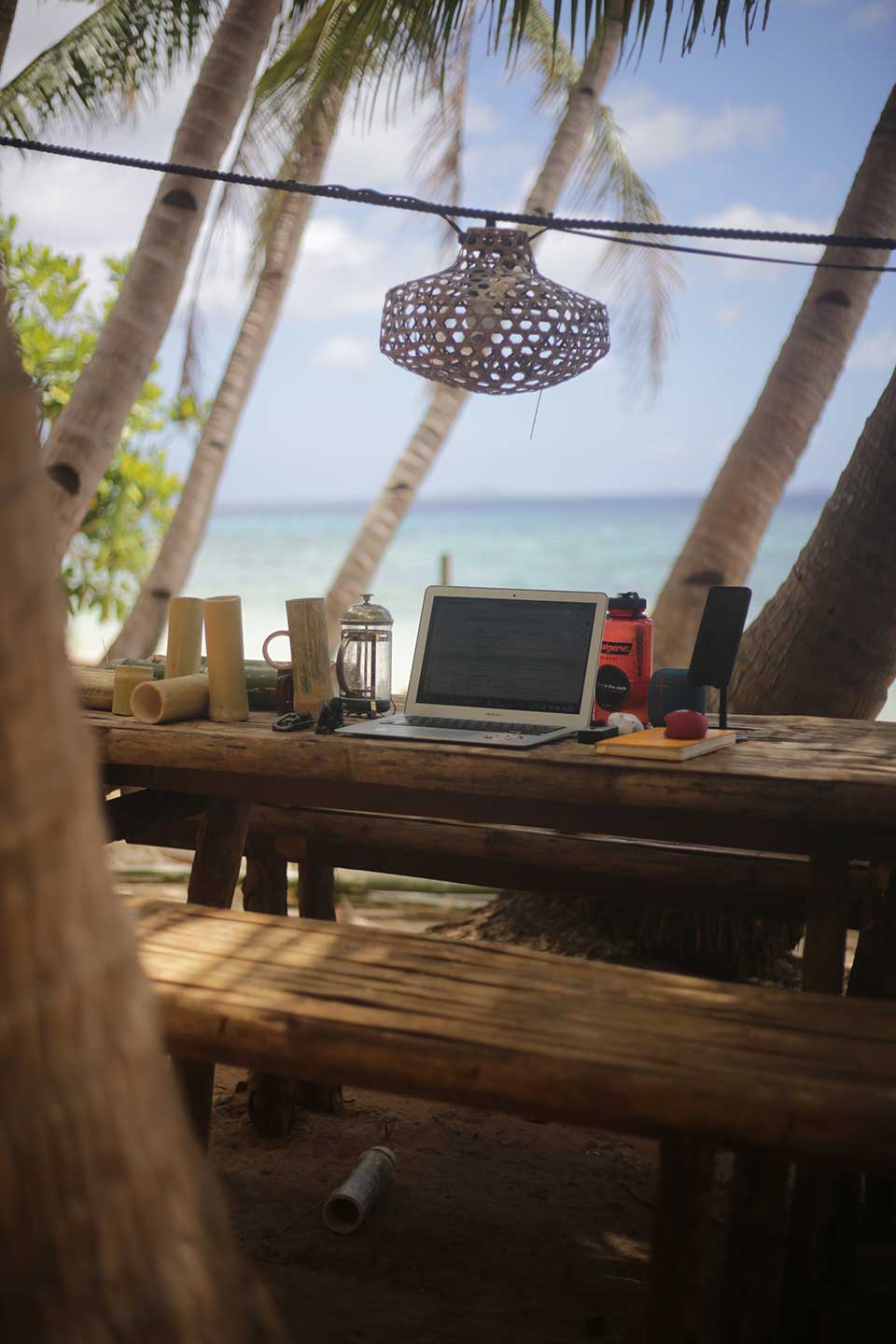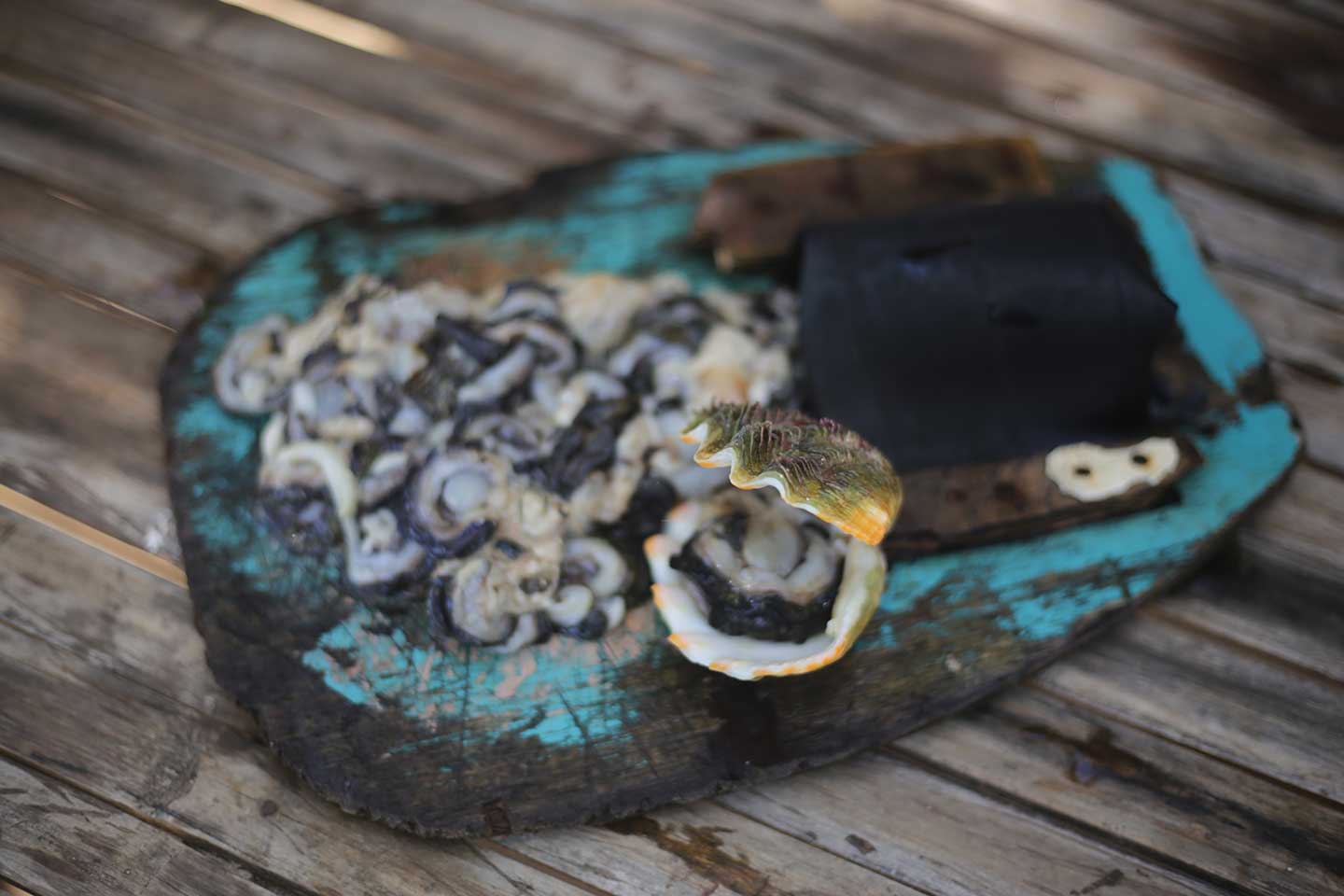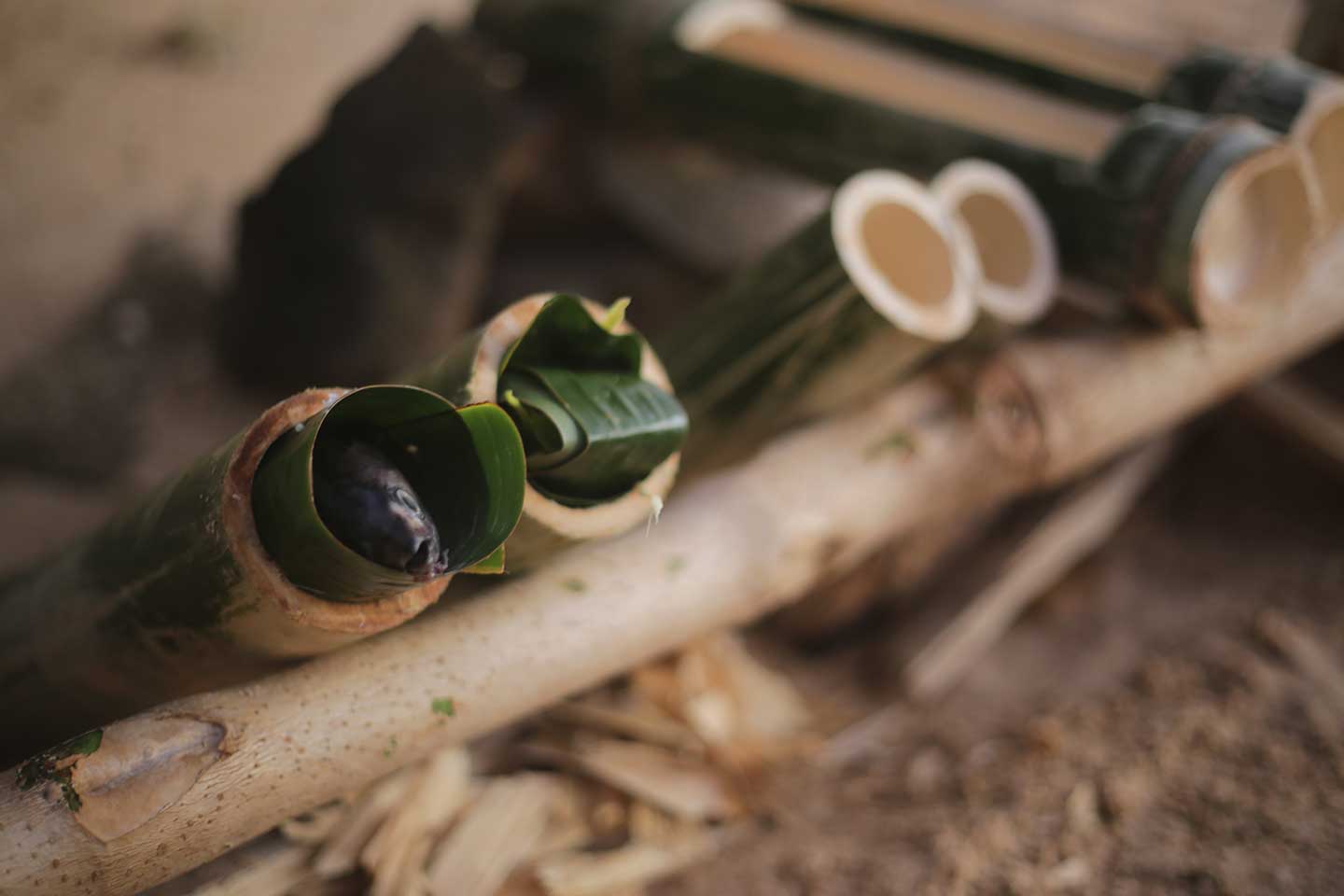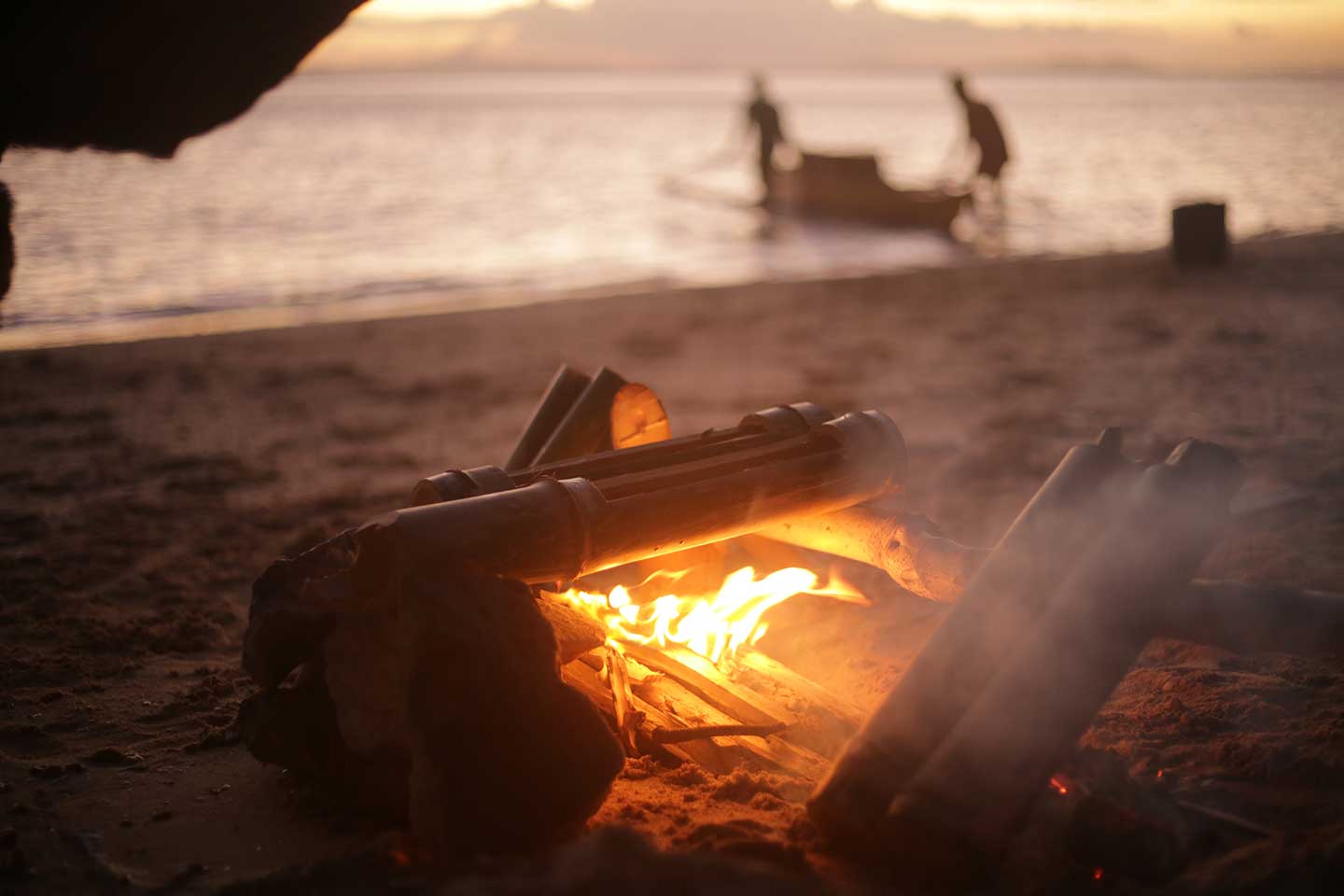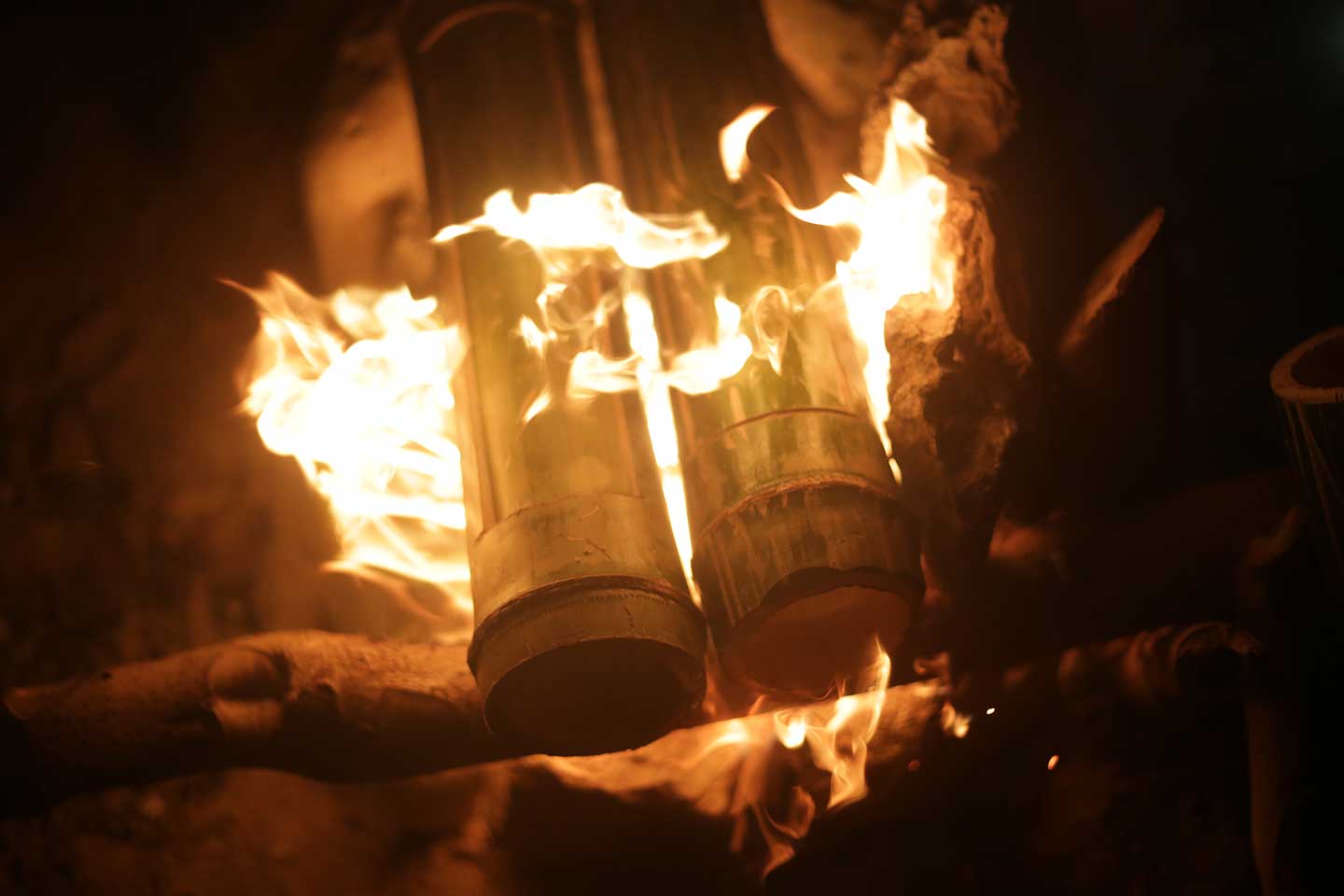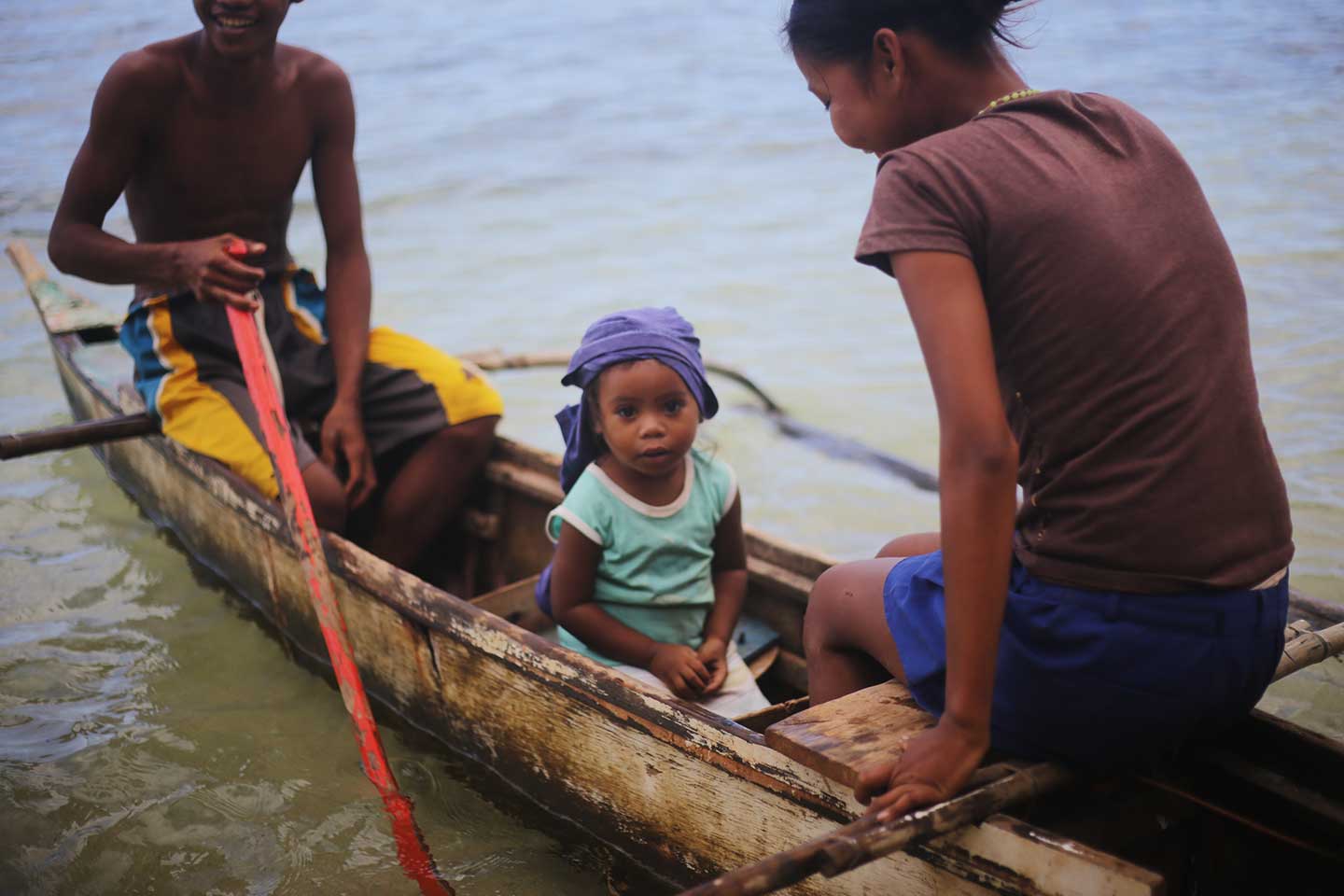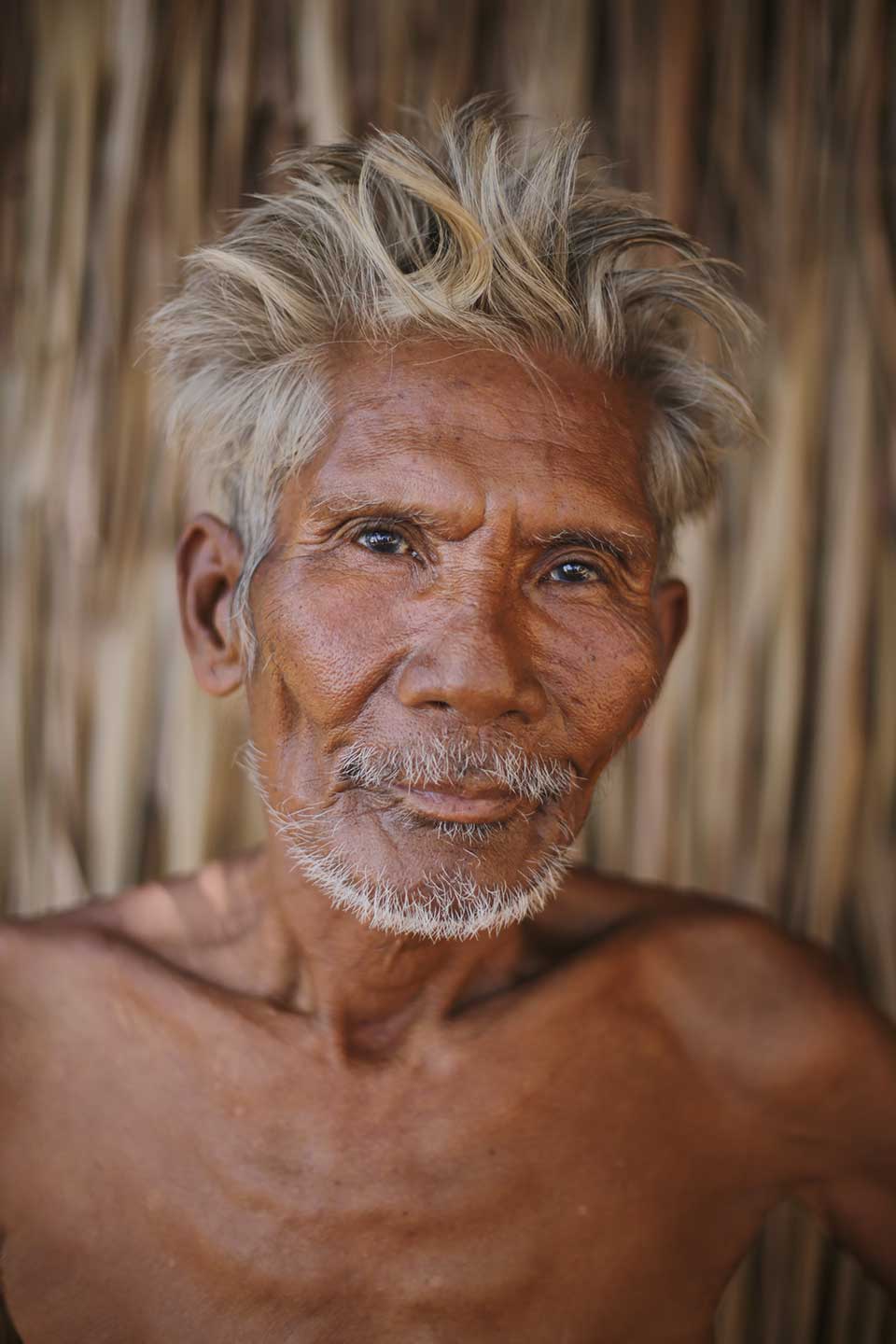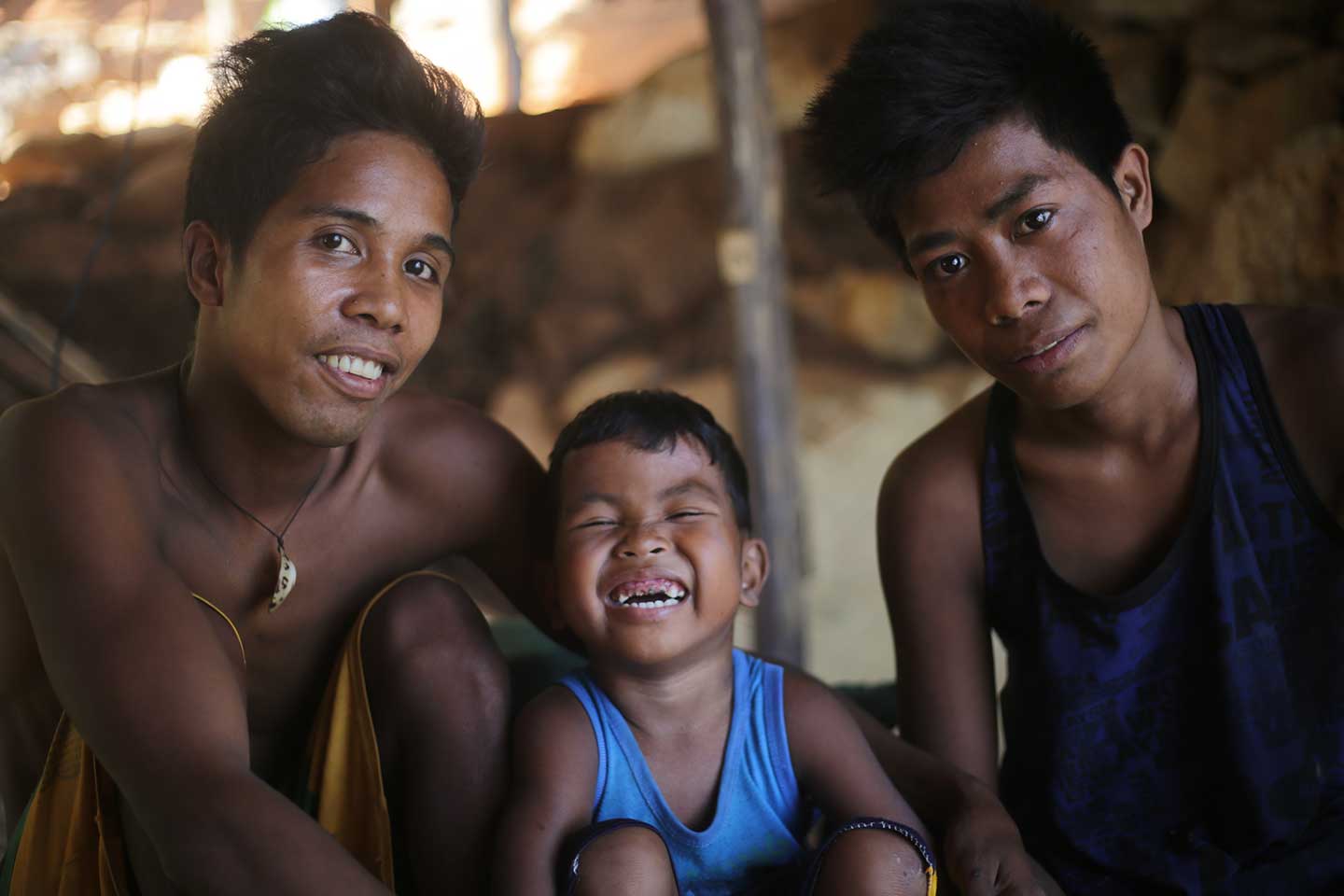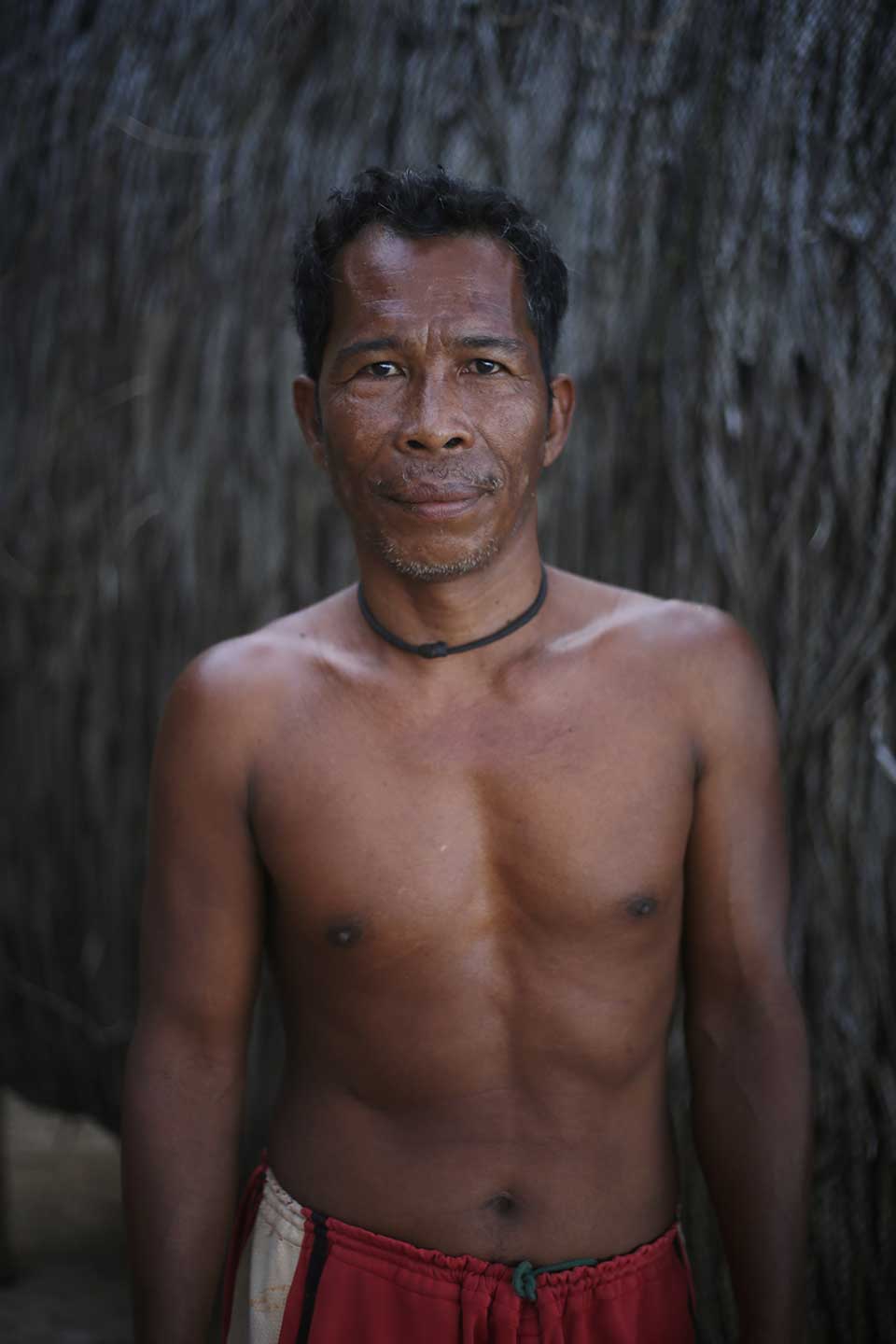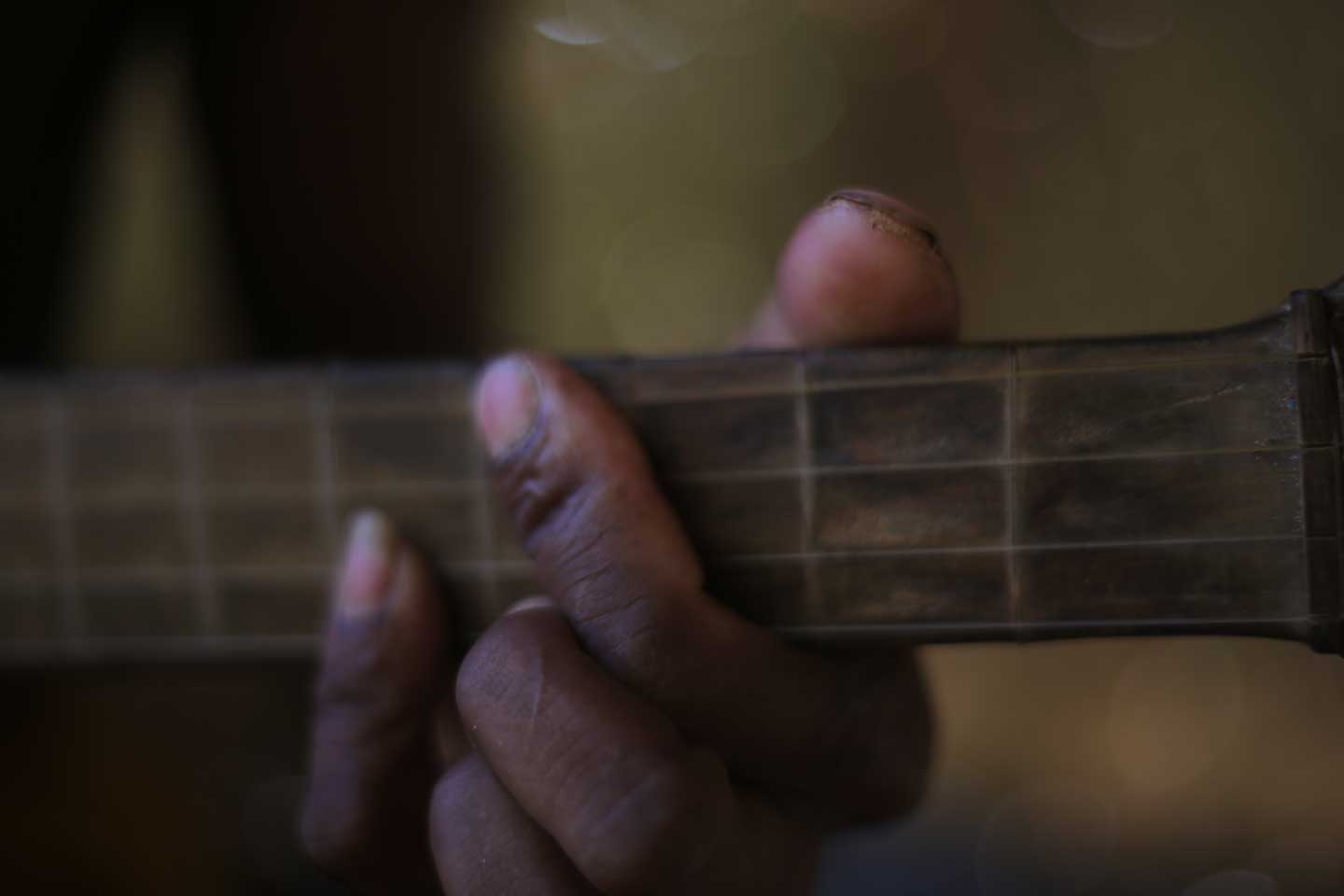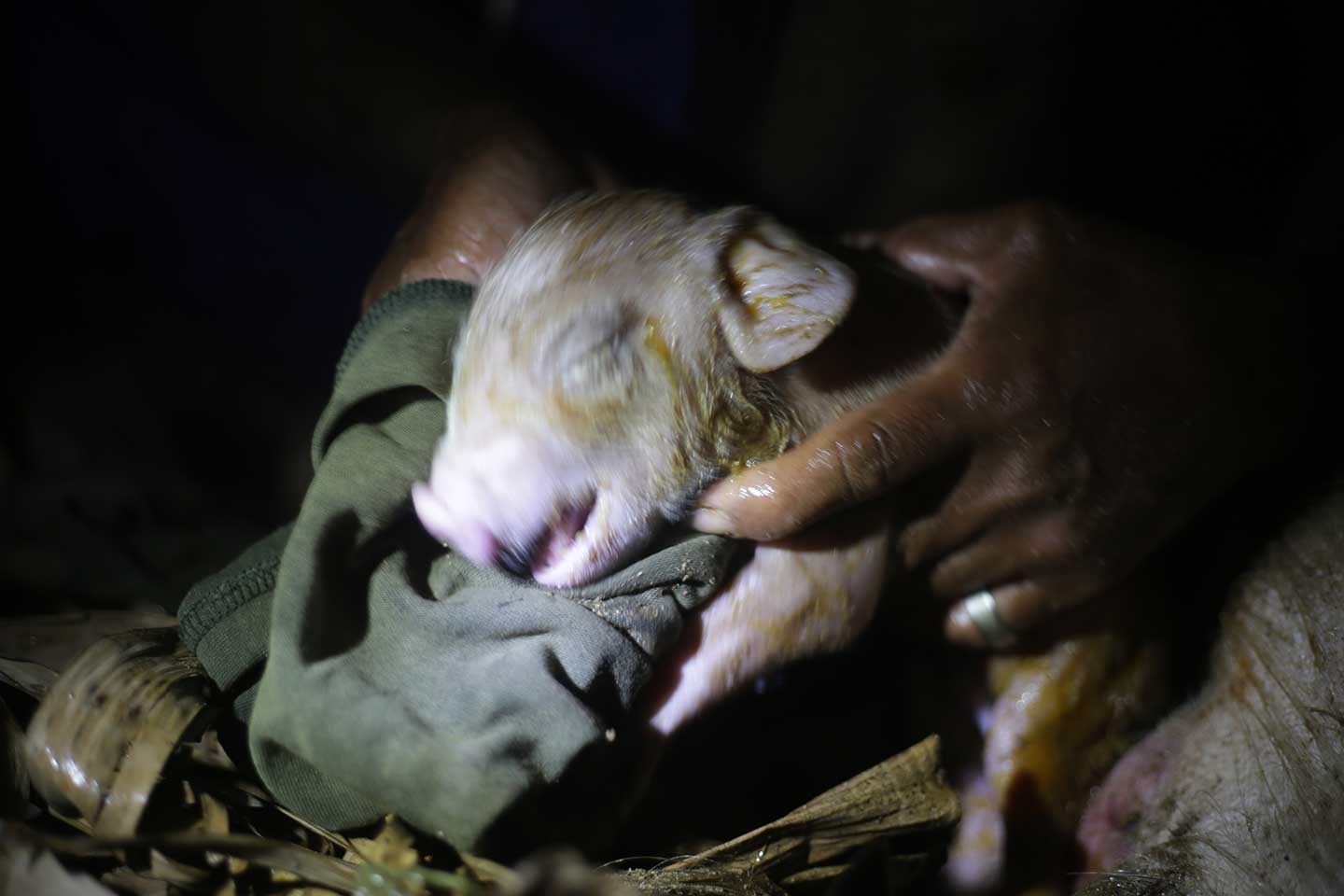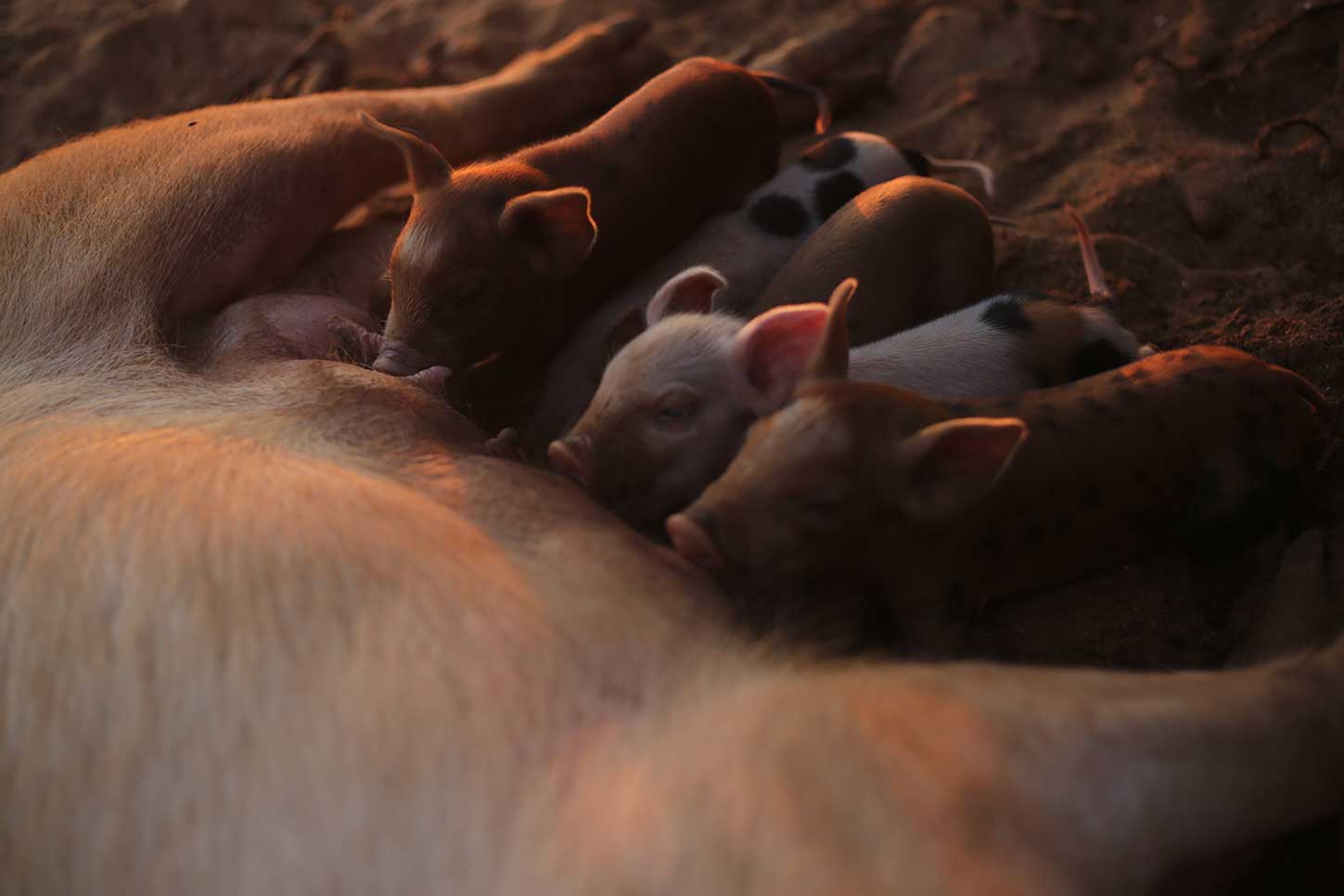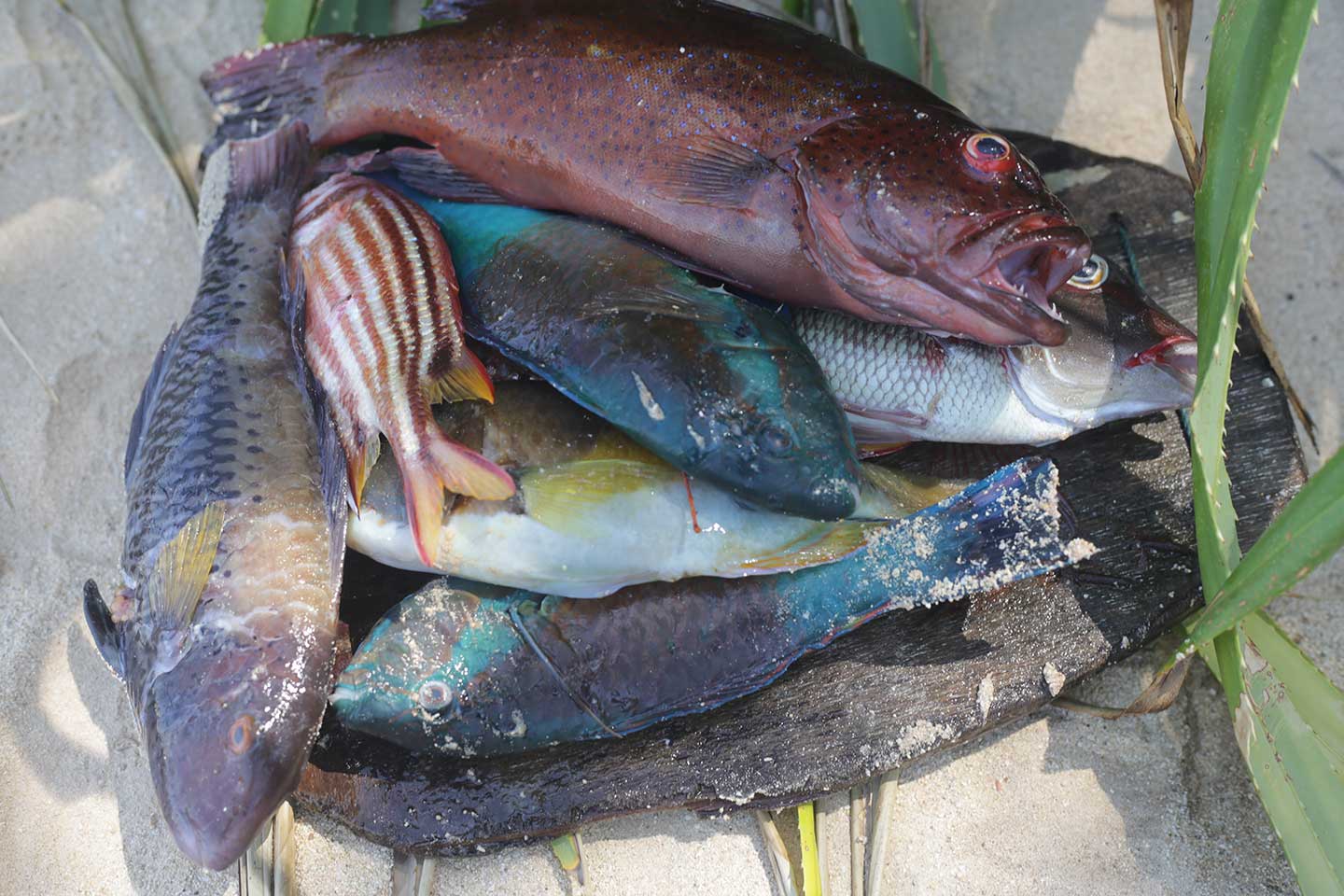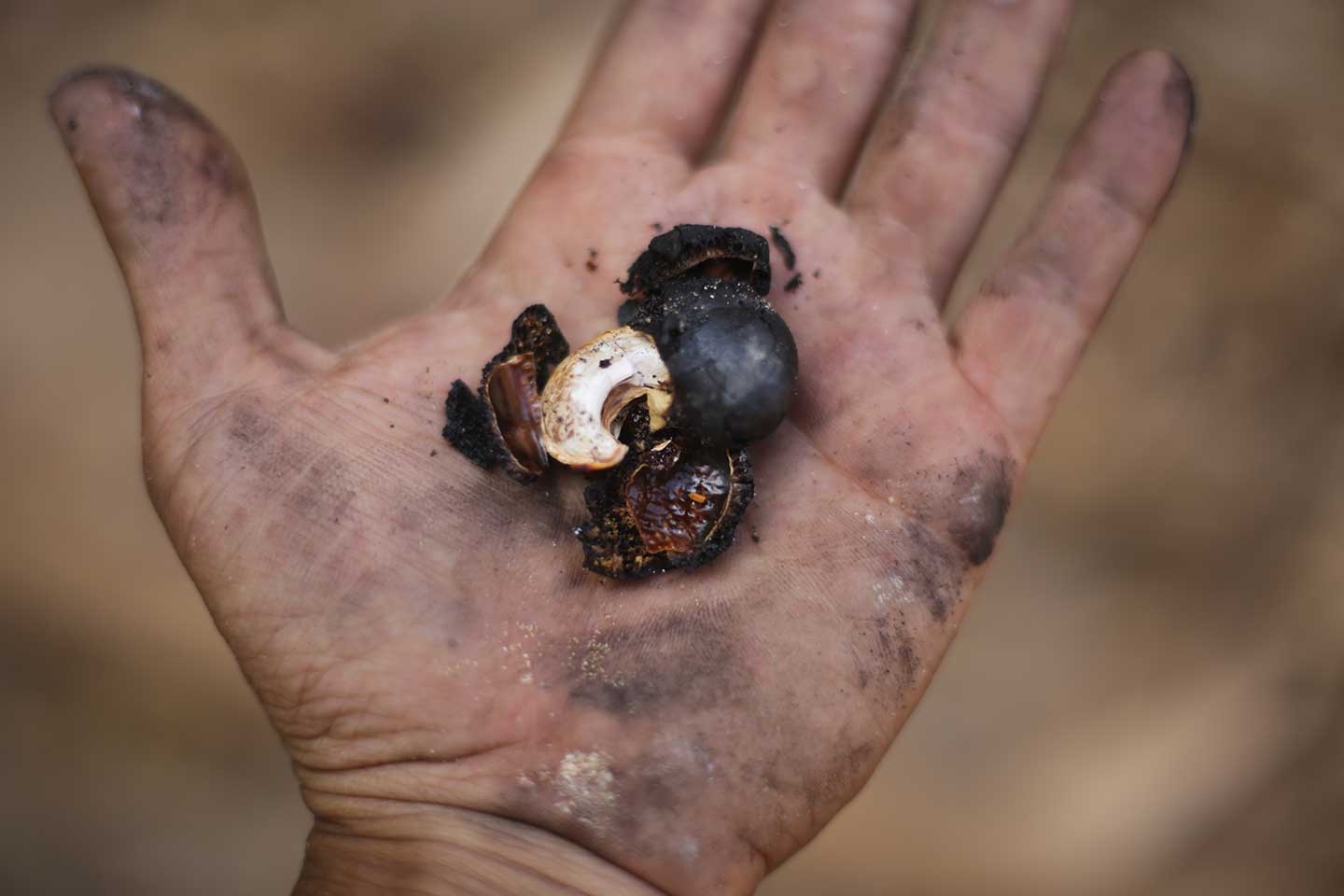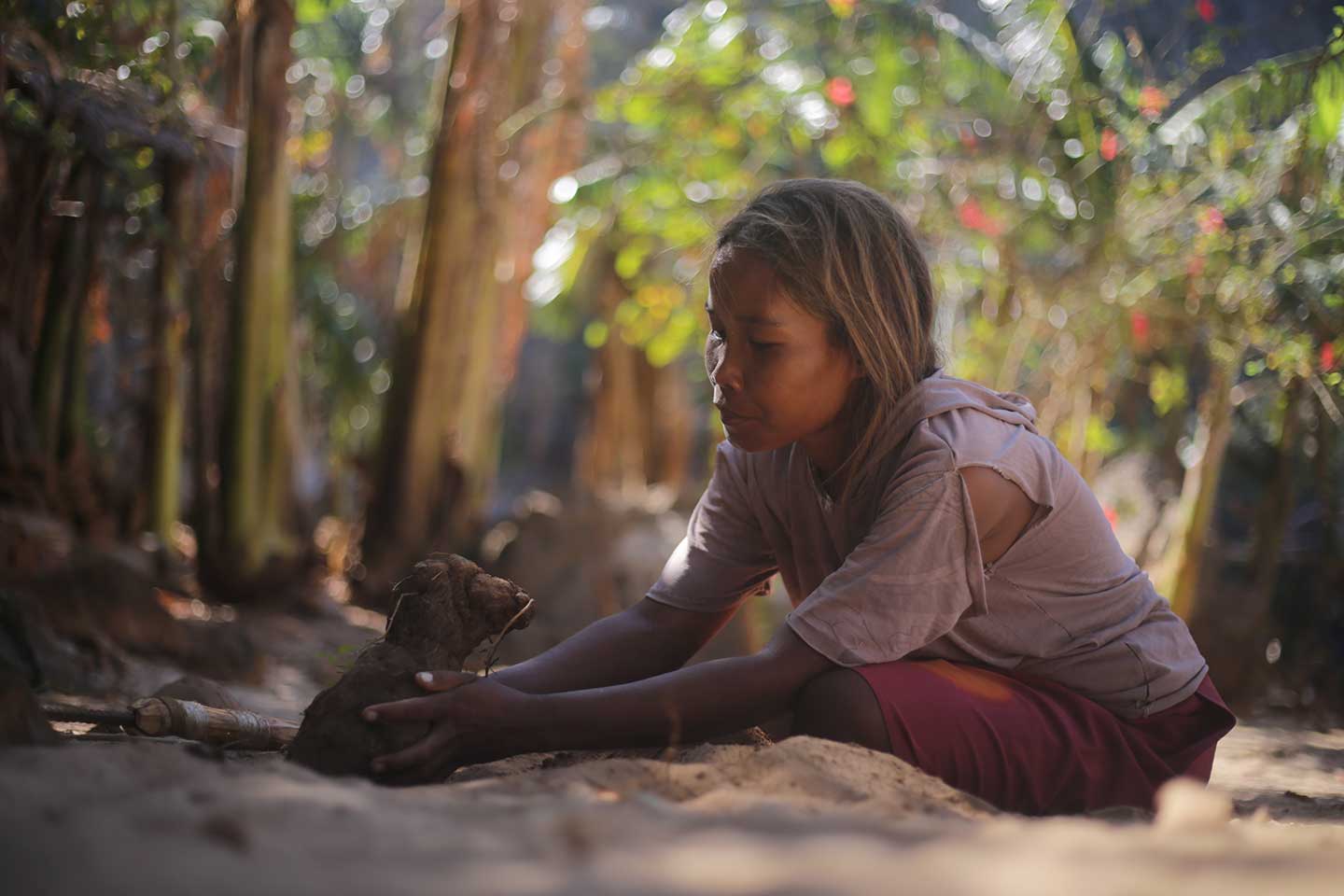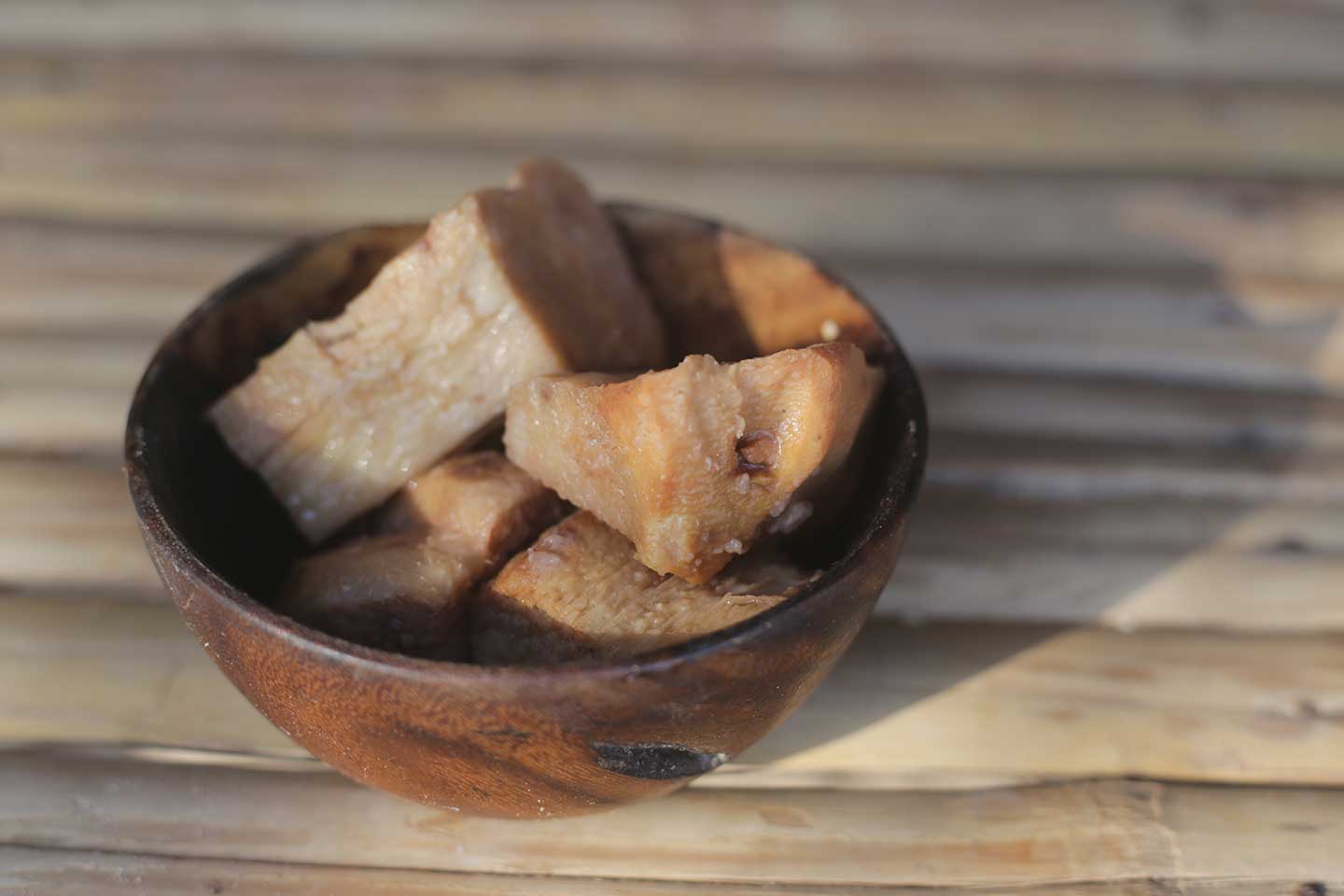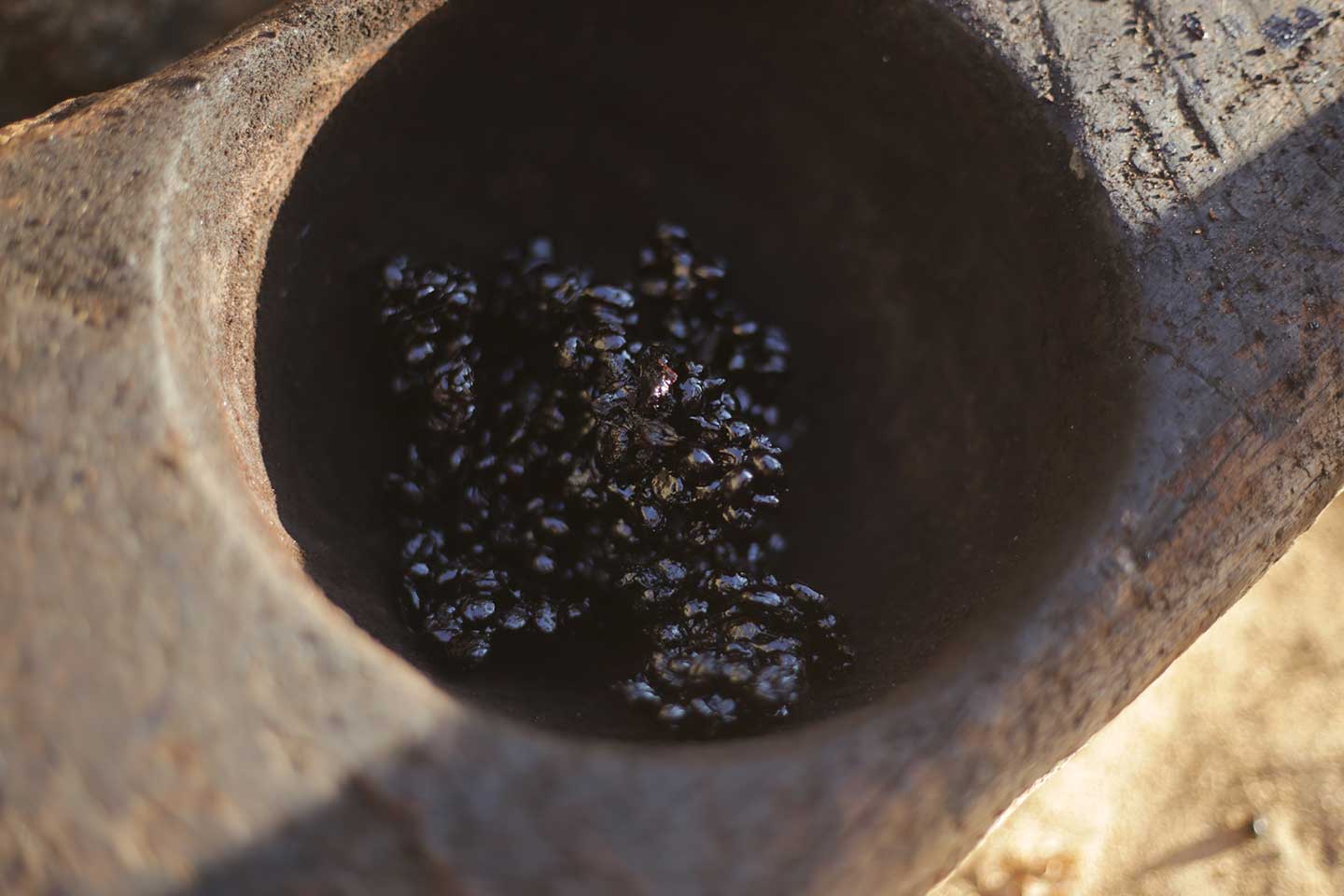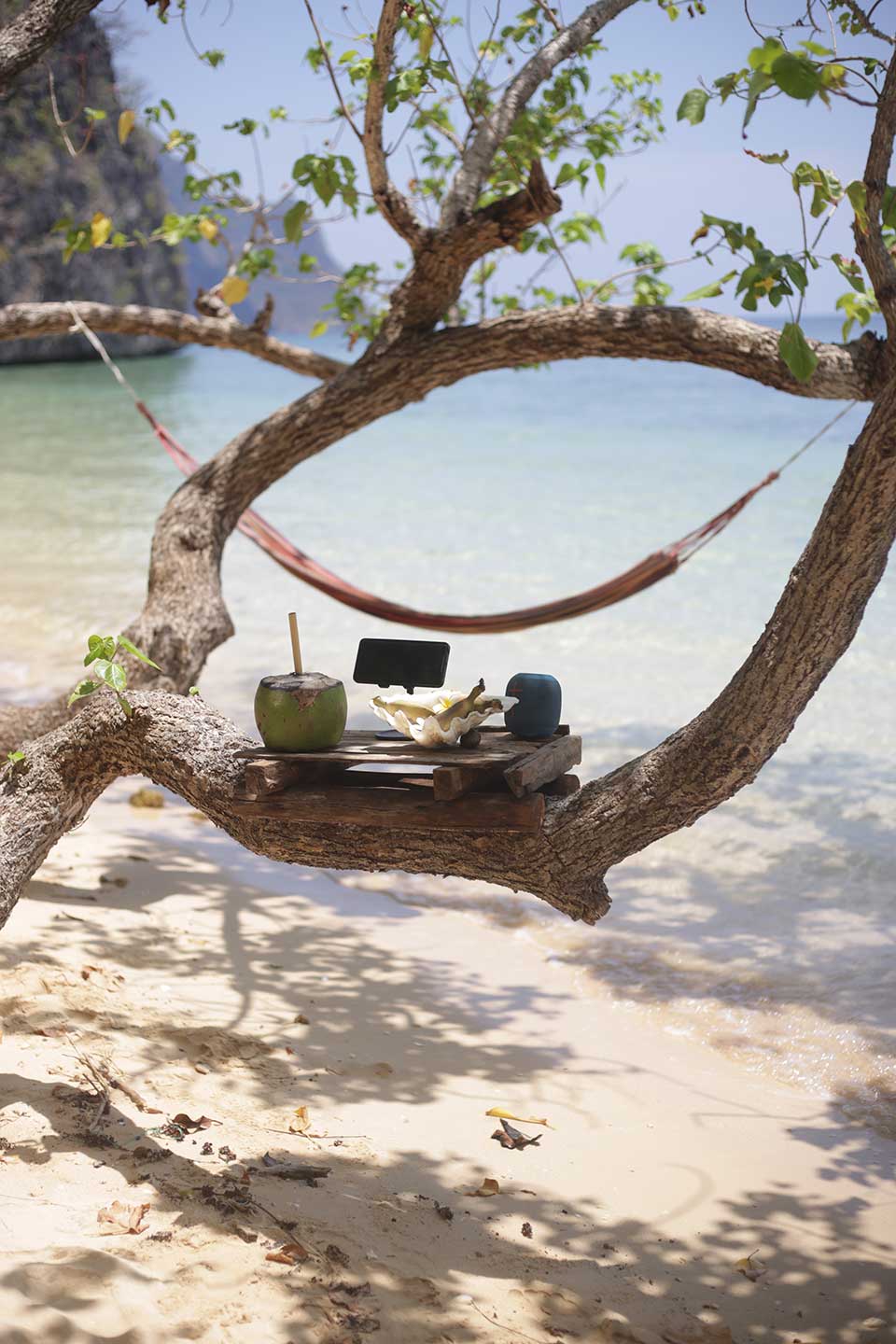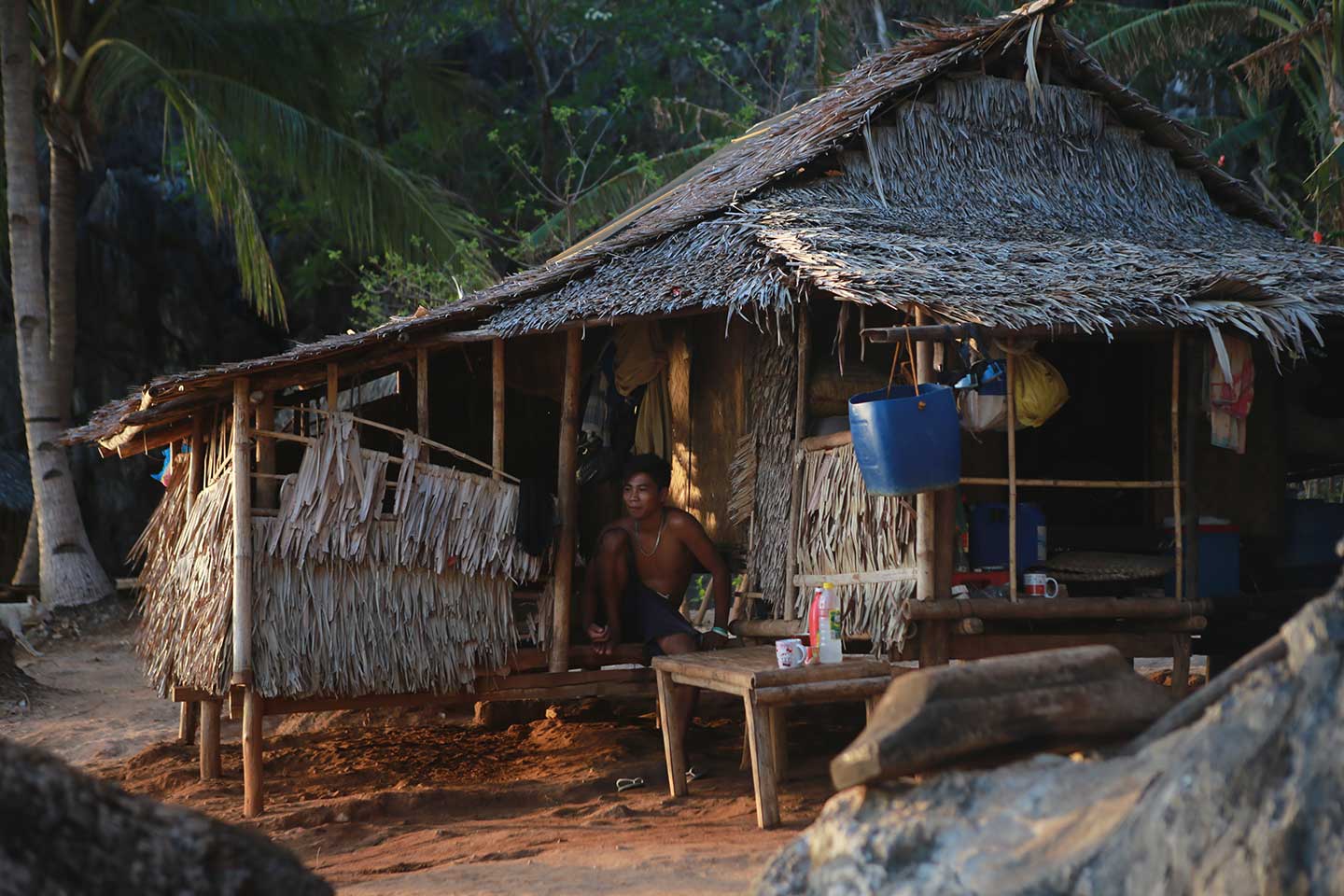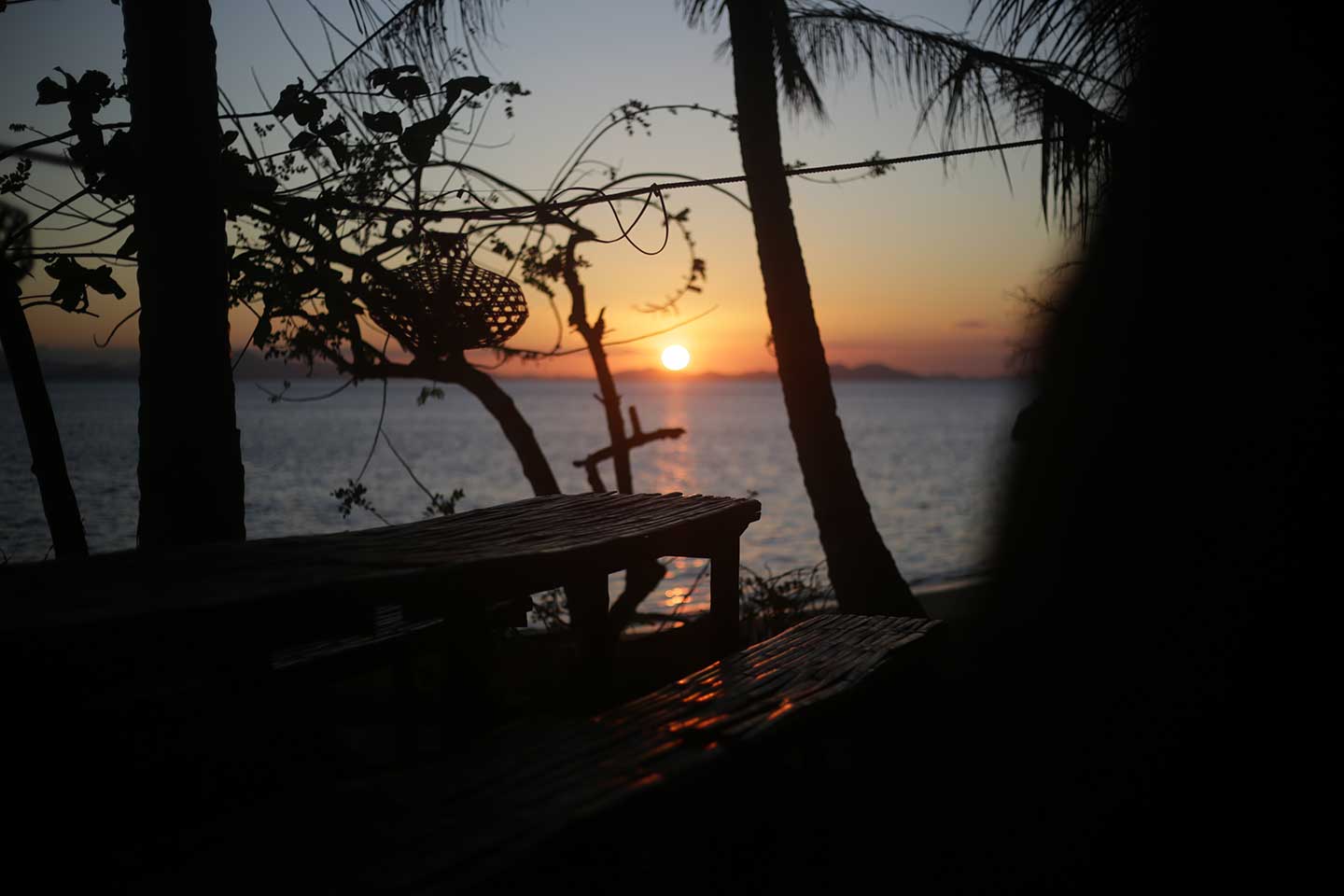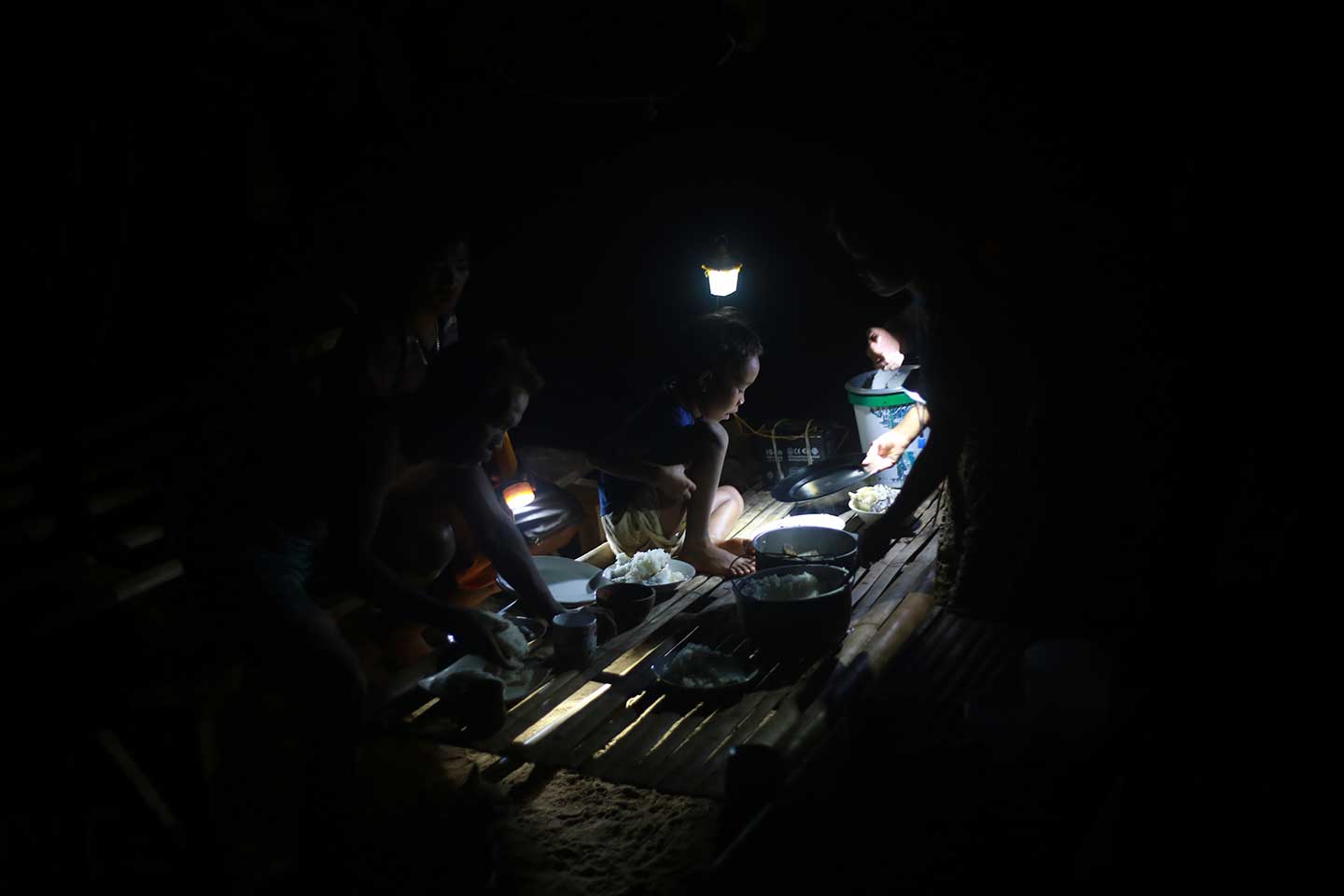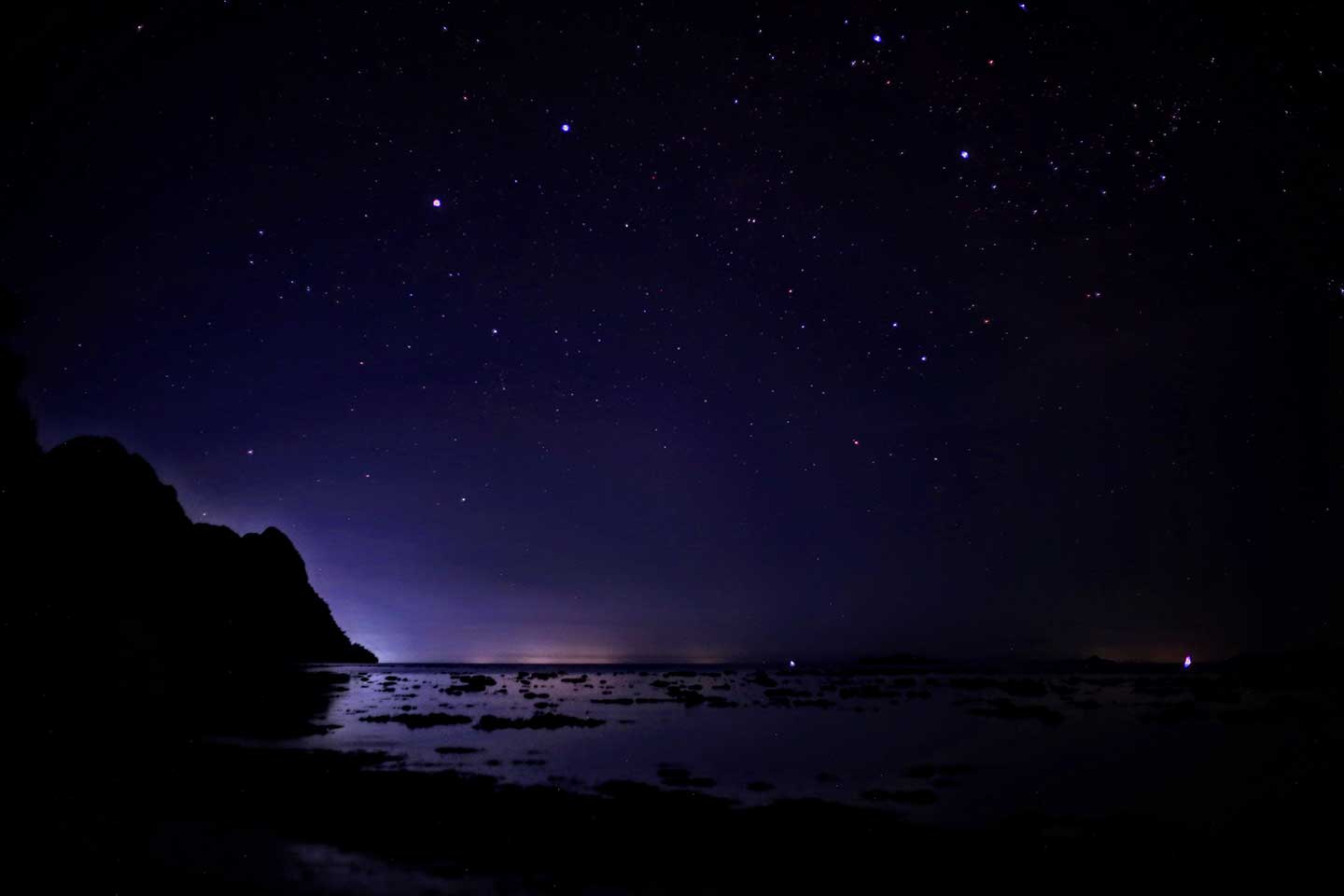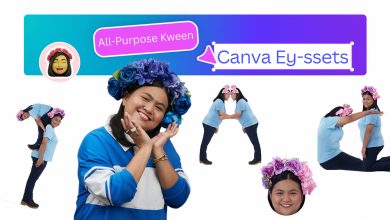CORON, PALAWAN, PHILIPPINES — Terence Angsioco is a creative person by nature. At a young age, he already owns and is the creative director of his own agency, Jagged Perspective. When the coronavirus struck the country and everyone was placed under lockdown, he found himself stuck in, of all places, Coron Island in Palawan.
“When quarantine was declared on March 15, I knew that I needed to go somewhere nature is accessible because I’m based in the city, but I also go out a lot,” Terence says. “I’m always out of town. It’s either because I have some projects or I actually collaborate with people who are also out of town.”
“I always find a way to actually end up outside Manila,” he continues. “So as a creative, I knew I needed to have fast internet to download videos and I needed electricity, of course, for charging my gadgets, my laptop, my speakers. But my main goal was to be around nature. I knew I was going to either La Union, Batangas, Palawan, or Siargao but I chose Coron because even pre-COVID, I was already planning a trip and I was to meet up with a friend who was also traveling in the Philippines.”
Knowing that the LTE signal in Coron is strong, having already been there the year before, Terence was confident that he could continue to work and stay connected while on the island. He then also found a silver lining in being so far away from the hustle and bustle of city life.
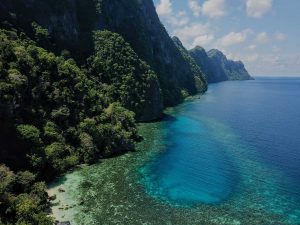

Photography by @terencever
“One also major reason why I didn’t want to stay in my apartment was because I wanted to shoot for myself,” Terence shares. “We always want our dream project but we never get to do it because of life and work. You always have it in your mind like, ‘Someday, I’m going to live with some tribe and I’m going learn from them and fully immerse myself.’ I said to myself, this is actually the perfect opportunity to shoot my dream project since no one’s going to hire me anyways because it’s lockdown and, at the same time, I can do all my work and coordination there.”
Even as he stayed with the native Tagbanwas on Coron, Terence allowed himself to dabble in photography once more with some of the natives themselves as his subjects. With no studio lighting and no professional models to shoot, it allowed him to reconnect with nature as natural lighting would serve him well.
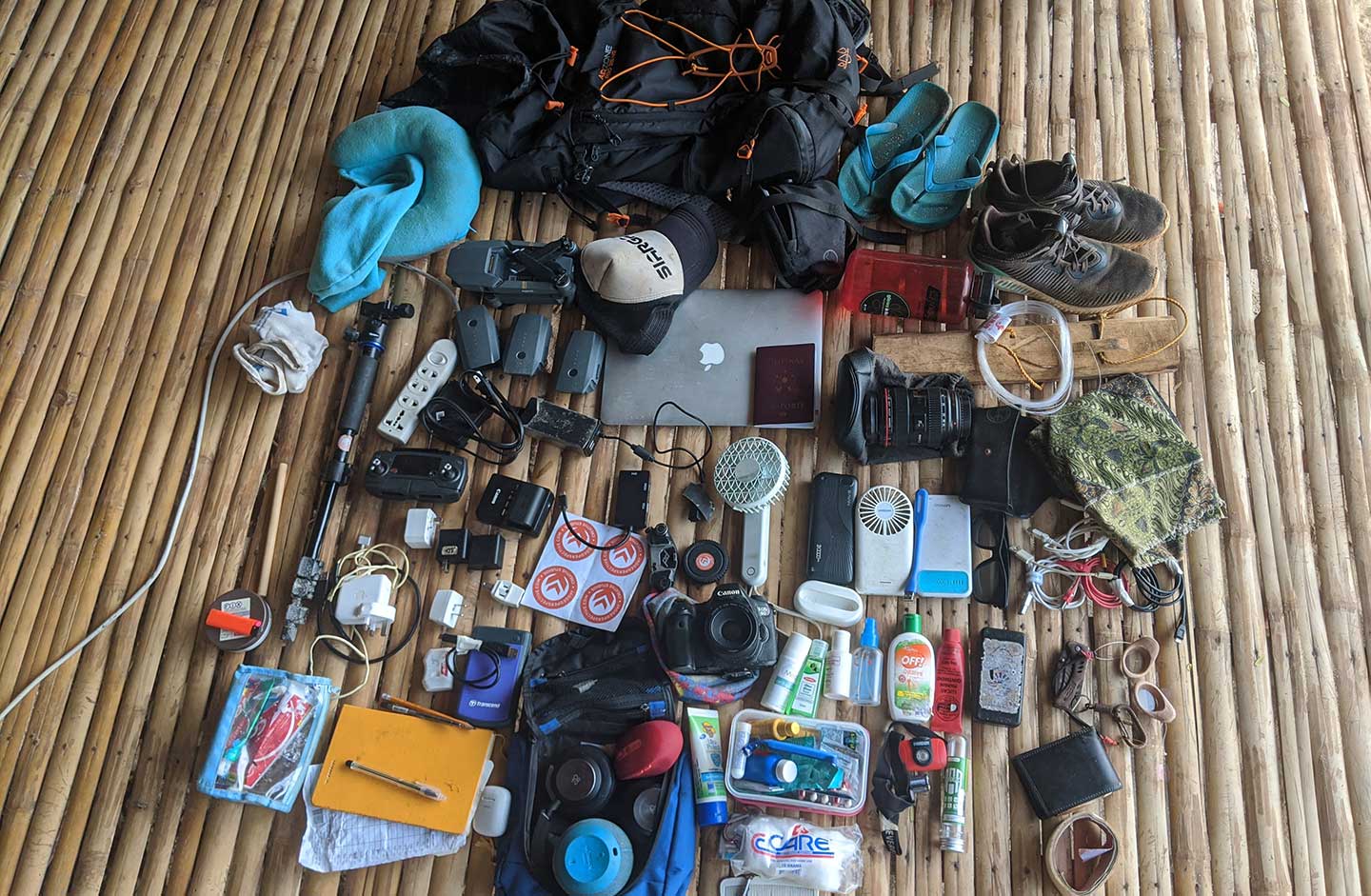
“In the city, when we shoot, you have a professional model, you tell the model exactly what she needs to do,” he shares. “Like, ‘Oh, I want your left eye to be a bit smaller and I want just the dimple here not here.’ So everything is so controlled, right? This is how we work. This is how we become efficient, right? We don’t have to wait for that particular moment. We can create the moment in the studio. Everything is in your control.”
“What I learned from this [experience] is, if you want to actually take pictures of authentic moments, you need to be authentic yourself. And at the same time you also have to earn [the subject’s] trust and for them to be comfortable with you. You also have to wait for those situations. You just have to be always there in that moment,” he realizes.
if you want to actually take pictures of authentic moments, you need to be authentic yourself
“One of my favorite photographs is Kuya Robert with his spear gun, and it was maybe half bodies underwater and you see the beautiful mountains behind him,” says Terence on a particular shot he captured. “I knew I always wanted to have that shot, but I just have to wait for that moment as well and Kuya Robert was actually preparing because you’re fishing. So I saw the gun was out, preparing the boat, preparing everything. And I already see, ‘Oh my God, it’s going to be a nice sunset!’ So when he’s already there by the beach, I told him, ‘Kuya Robert, please, can I take a photo of you? Can you hold the speargun and do this?’ I knew that that was the moment and what I felt shooting that photo was also the same with the same reaction.”
“That shot wasn’t the first shot,” Terence recalls. “At first, I was not happy with my shots because I wasn’t getting what I wanted in my mind. But at the same time also, you know, like going through that process, I reminded myself that I don’t need to force this image that was in my head. I just have to shoot what’s in front of me and see how I can work it out.”
“I took a couple of shots, but the one that I posted was, of course, my favorite. I guess [Kuya Robert] was there for like five minutes or more than five minutes. I was just going through different angles and see what works, what doesn’t,” he says.
Terence also discovered, as several Filipinos under lockdown did, that they had some hidden talent that was aching to come out. In his case, it was cooking. He says, “What I wanted to do is to actually document and remember my life on the island. The cooking video actually started within my WhatsApp group, with my friends.”
“It’s because I cooked, but I am not really a great cook,” Terence admits. “I panicked also when I was going to the island because what if they cut the supply? So, I brought so many supplies, I got so many vegetables. I was still in my hoarding mind. I bought too much food and in the kitchen, I would film it, and I would ask my friends. ‘Okay guys, I think I have too much food. What should I cook first?’ Because I don’t know what’s going to spoil first. I didn’t know how many days can I store an egg. Or the tomatoes. So I had no idea before because we are so sheltered. We have the fridge and it’s all there. We never have to worry. But since I was on the island, it was so much different,” he says.
“The moment that I was going to cook, I said, ‘Why don’t I just cook myself and pretend that I have a cooking show so that I can entertain my friends, right?’” he says. “It’s my friends who are the ones also giving me advice on how to cook certain stuff. And then my friend will tell me, ‘Okay, use this tomato. Use this thing. Use this thing. And you can create something like this.’”
Photography by @terencever
Terence notes that his natural personality is to joke around all the time and since he missed joking around with his friends, he’d do so via the cooking video. “I’m just going to create a cooking show video and send it to my friends and one of my friends actually shared it on her WhatsApp group with her family,” he says. “So I started sharing it on my WhatsApp group and people were, you know, laughing and I’m like, okay I think it’s okay.”
“I think people are not getting offended but I was still thinking about it because these guys are my friends, right? So maybe that’s why they find it funny. The more videos I made, the more I got comfortable in front of the camera.
Understanding a desire for himself as well as his friends to cheer up, Terence realized, “They’re fed up with hearing bad news about COVID. And they’re saying the videos make them at least forget the negative things that are happening in the world. I guess that gave me more confidence. So yeah, so I just kept on doing it and I became super comfortable in front of the camera because I knew I needed to improve on it as well.”
“You know, it doesn’t have to be perfect. It just needs to be authentic and you just share it and then I guess from this, I can practice more, like my storytelling, me speaking in front of the camera. That was like really my main goal by making the IG Story videos that I did,” he continues.
“I realized that, sometimes, we are so focused on the technicalities, right?” Terence adds. “If you’re a filmmaker, if you are a photographer, you’re always concerned about, ‘Is the lighting, right?’ But with what I learned from IG stories is, not every video is about the technical stuff, especially in these times.”
not every video is about the technical stuff, especially in these times.
These are just some of the things Terence Angsioco realized as he was separated from Metro Manila in the midst of a global pandemic.
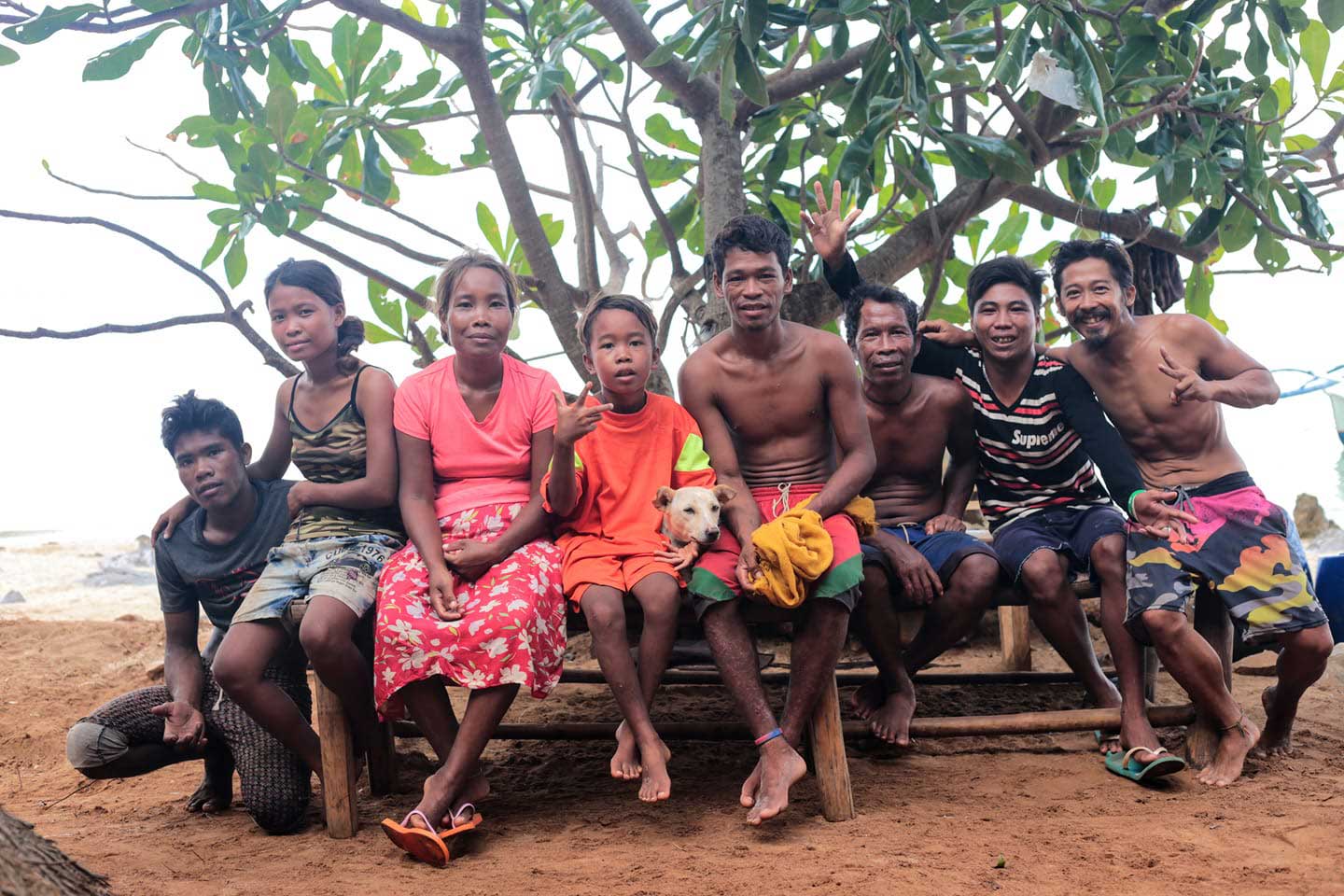
Follow Terence on Instagram @terencever

